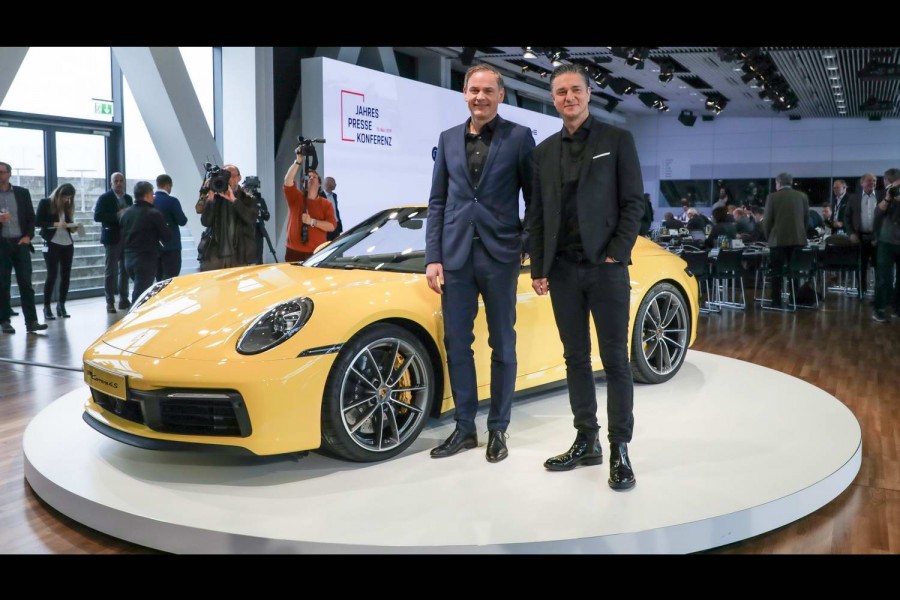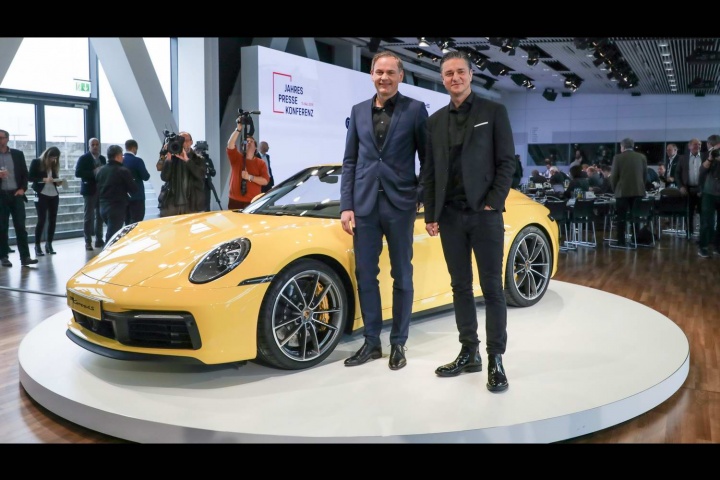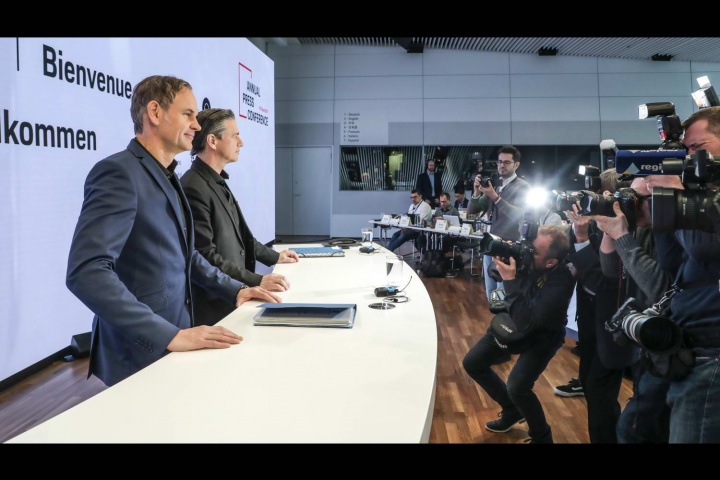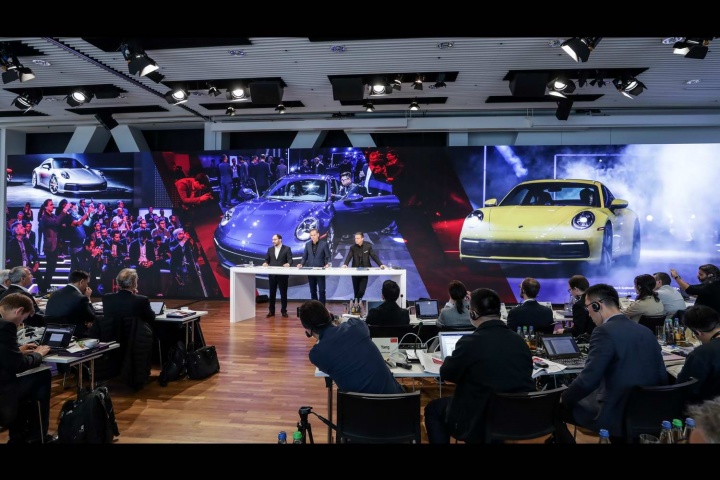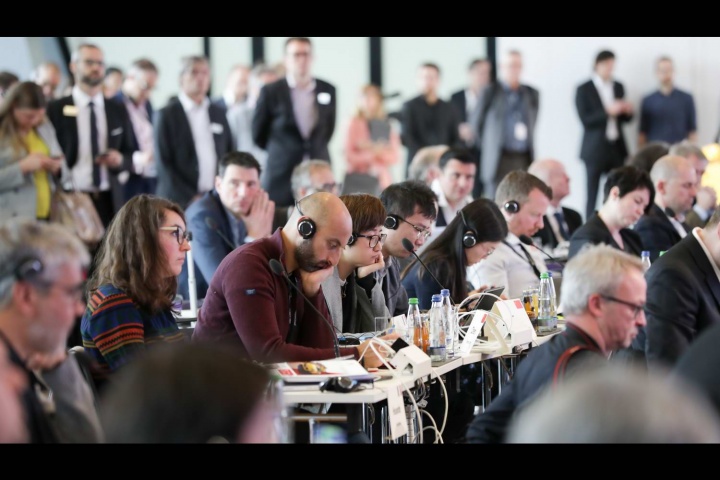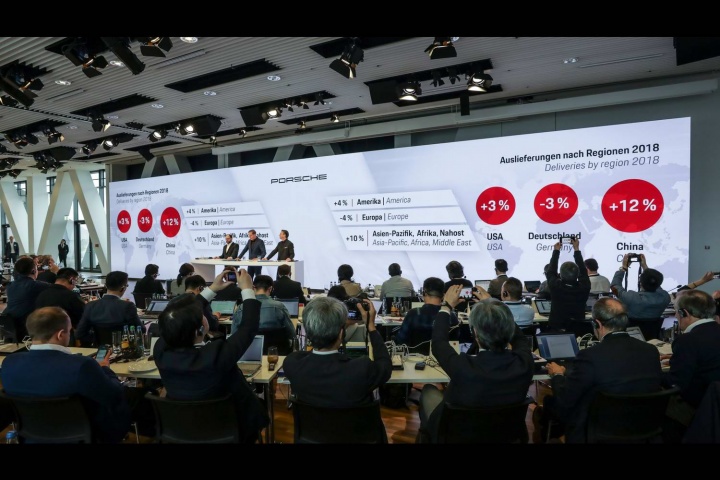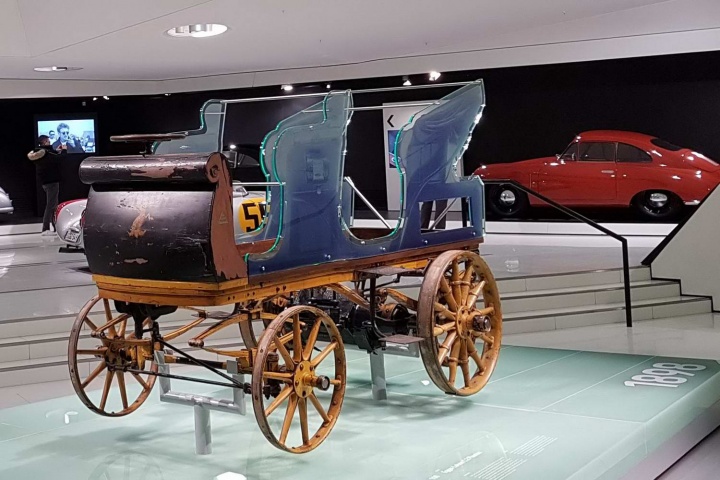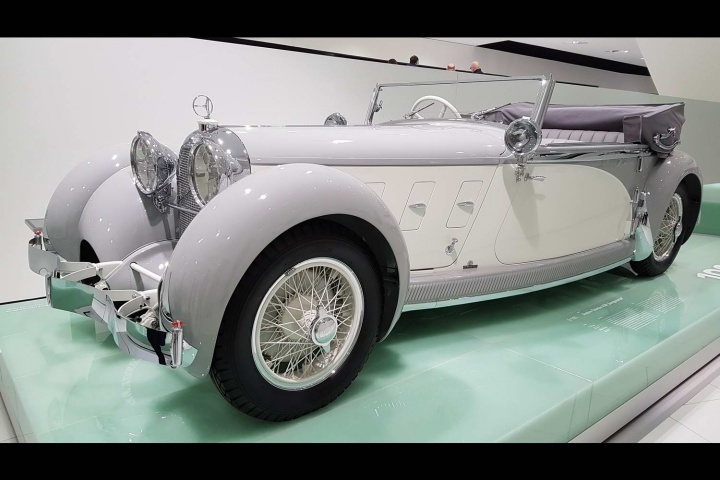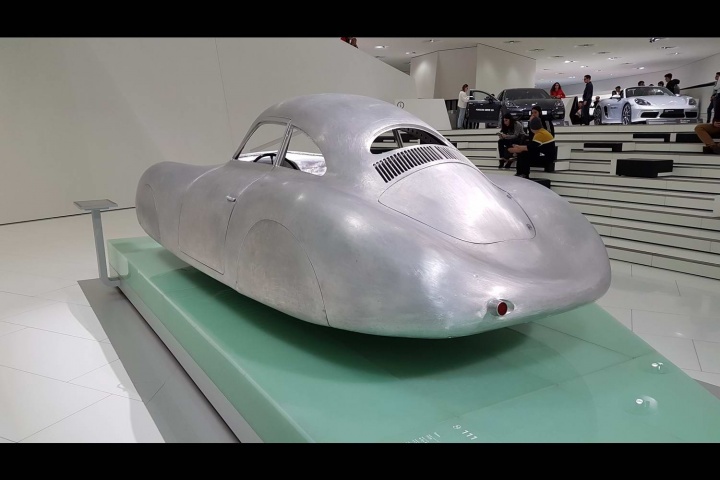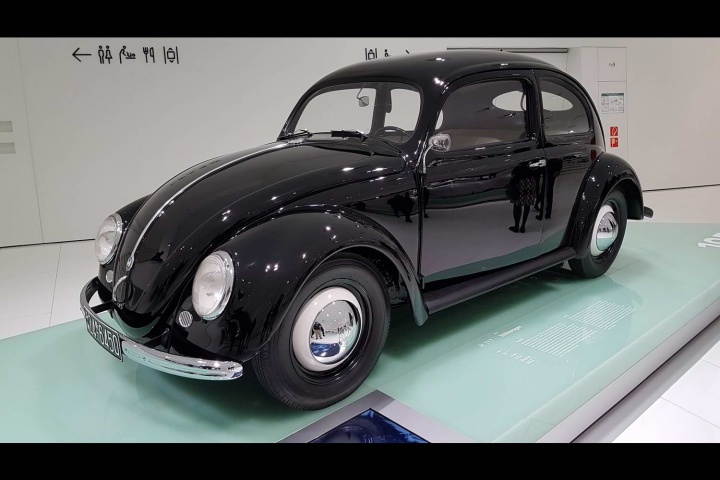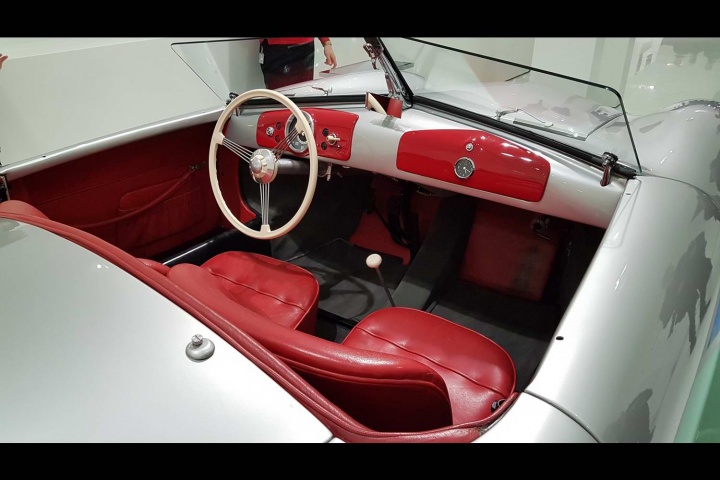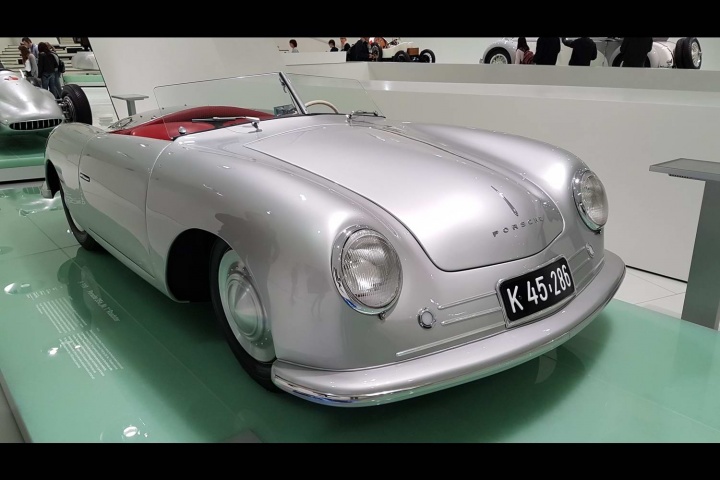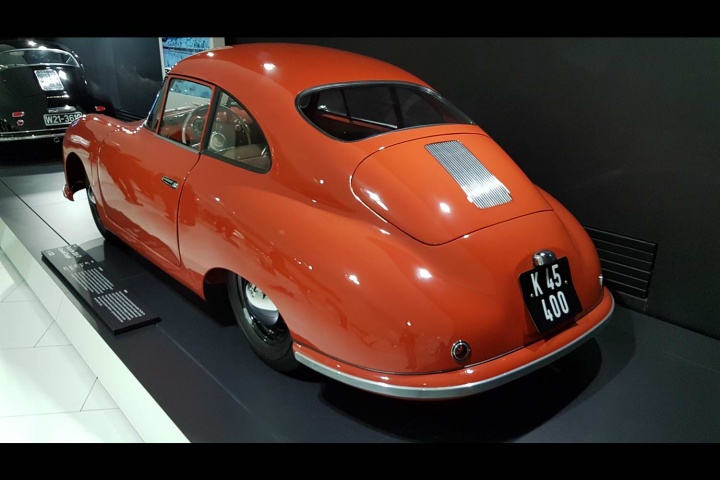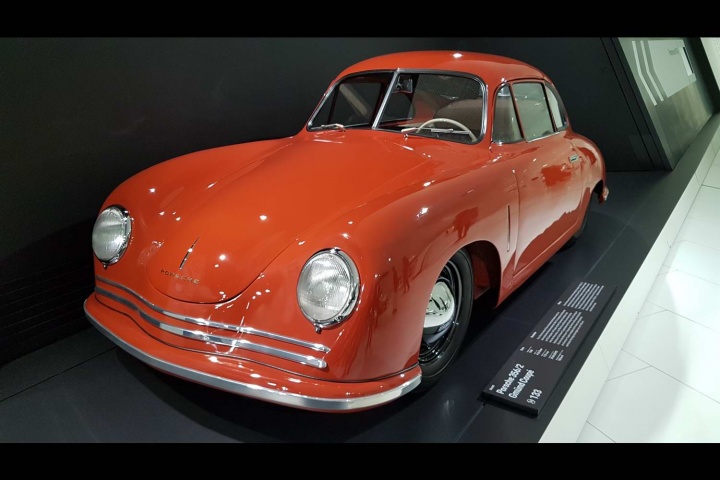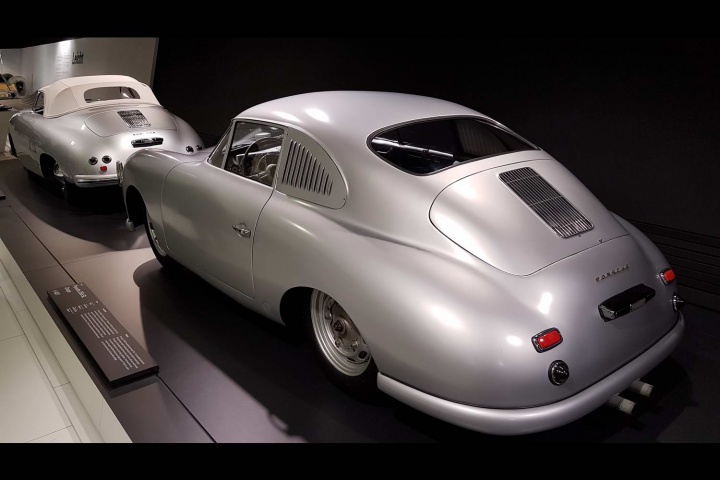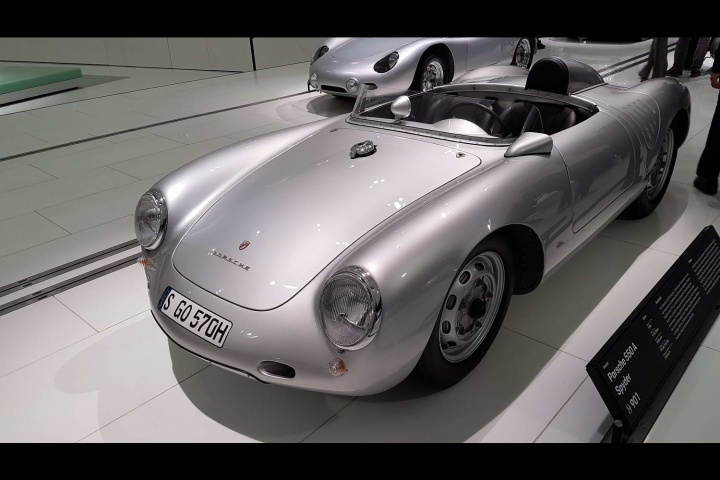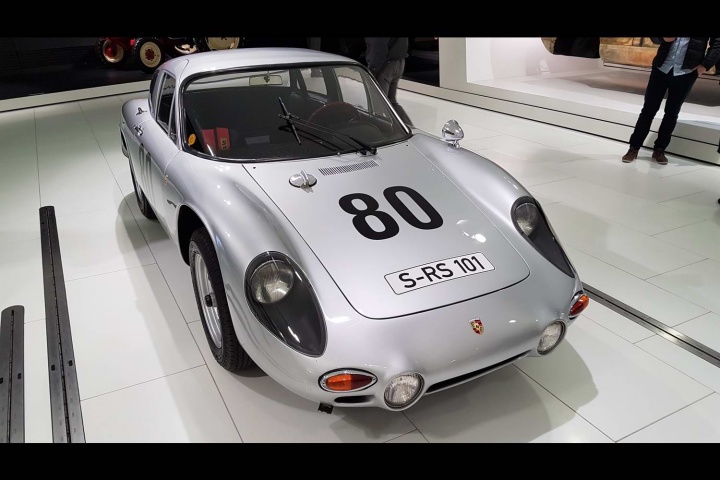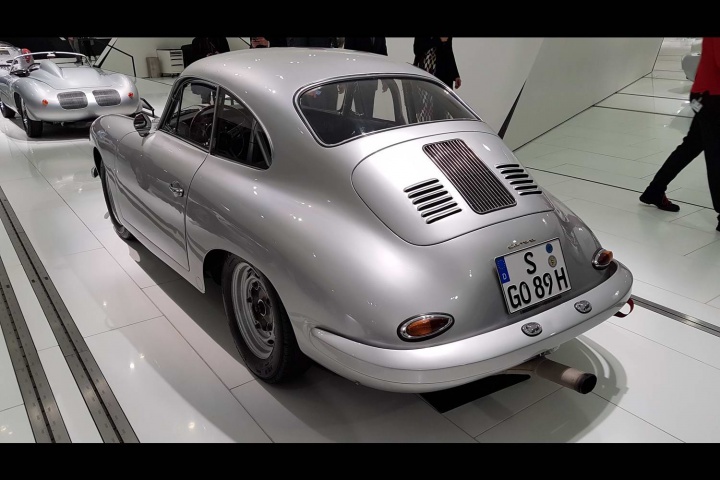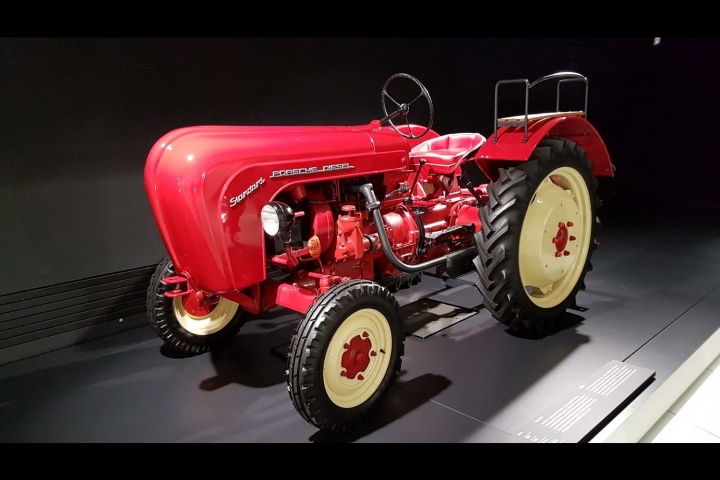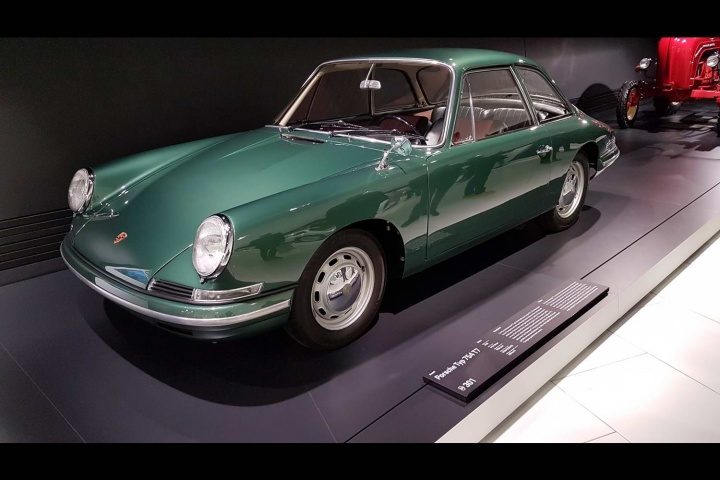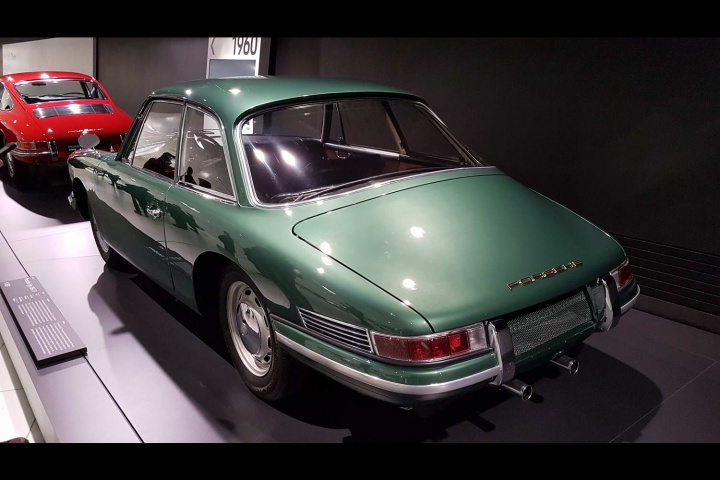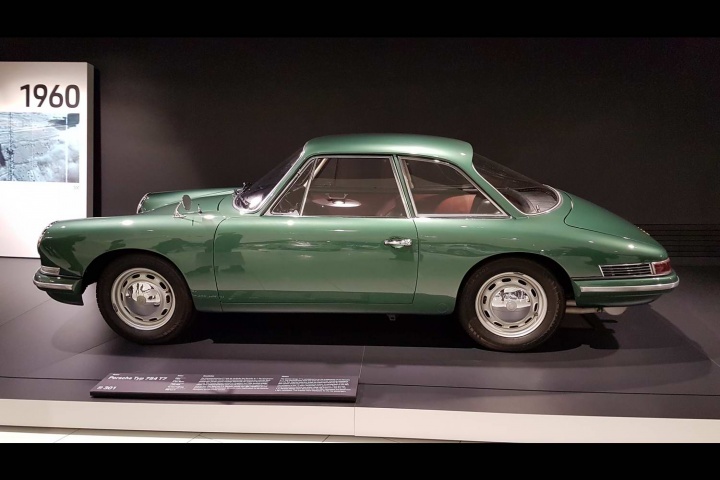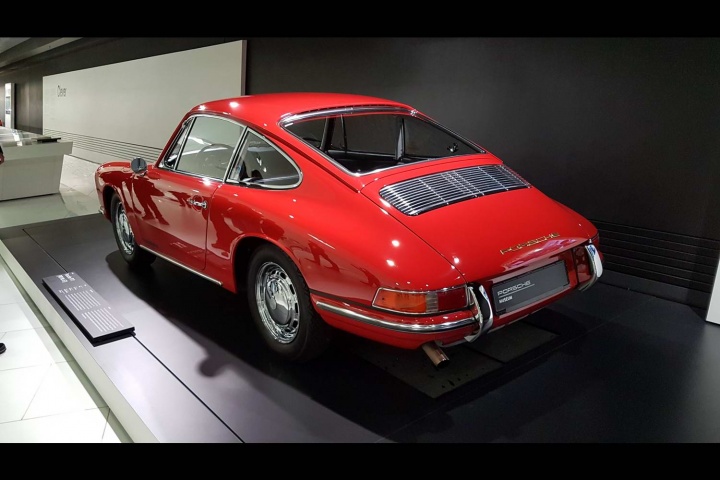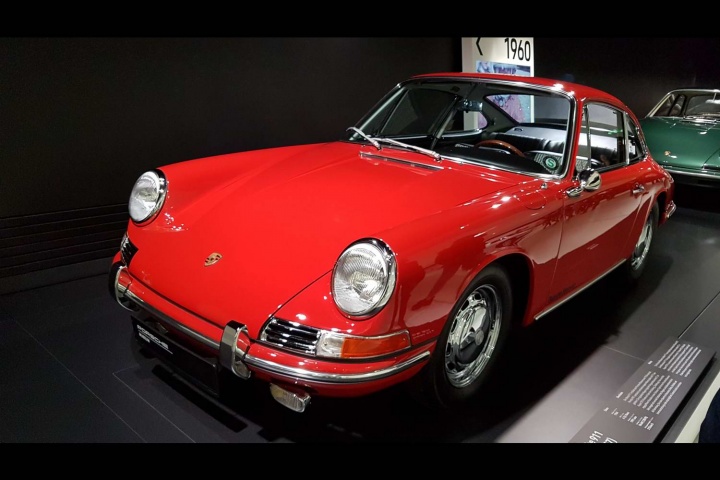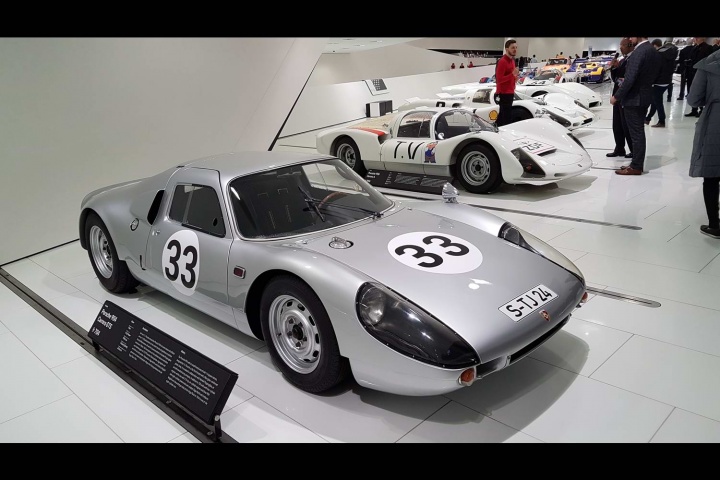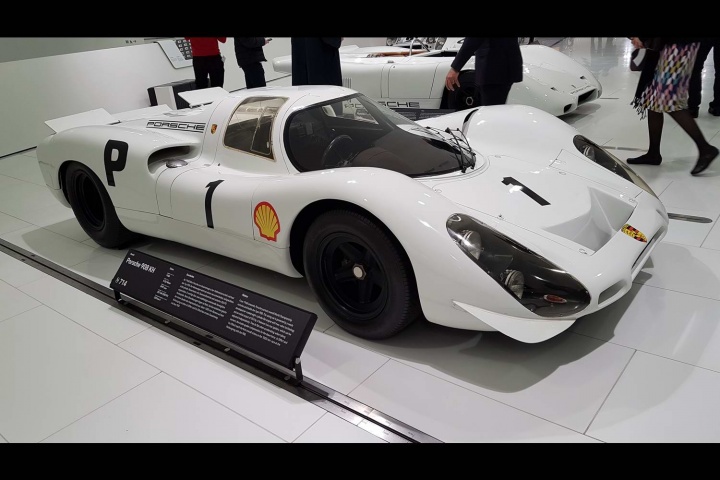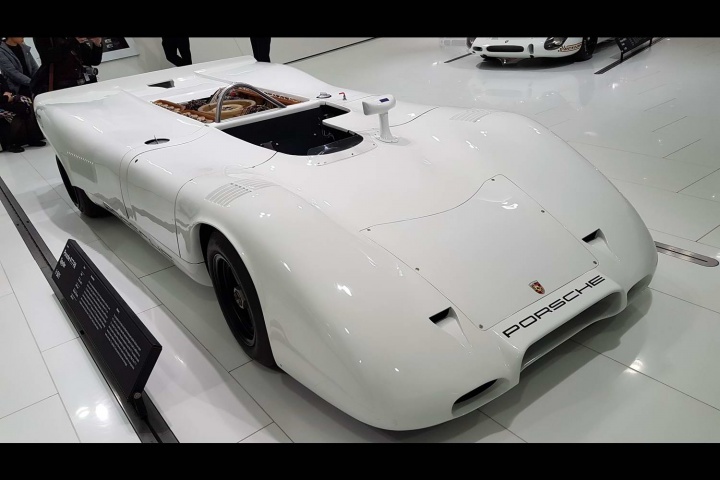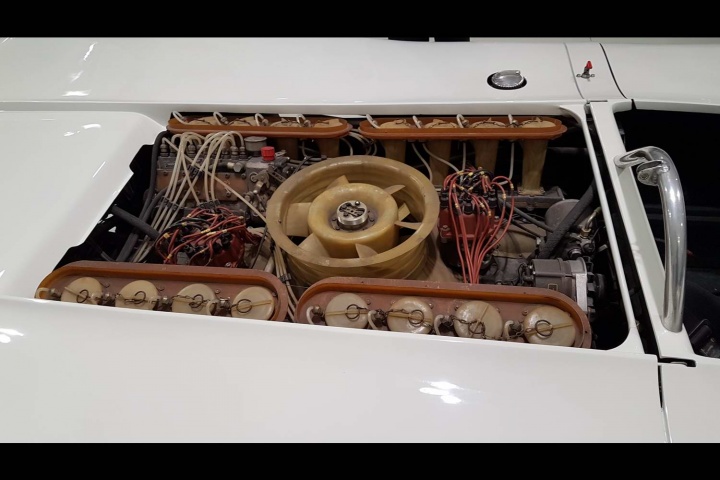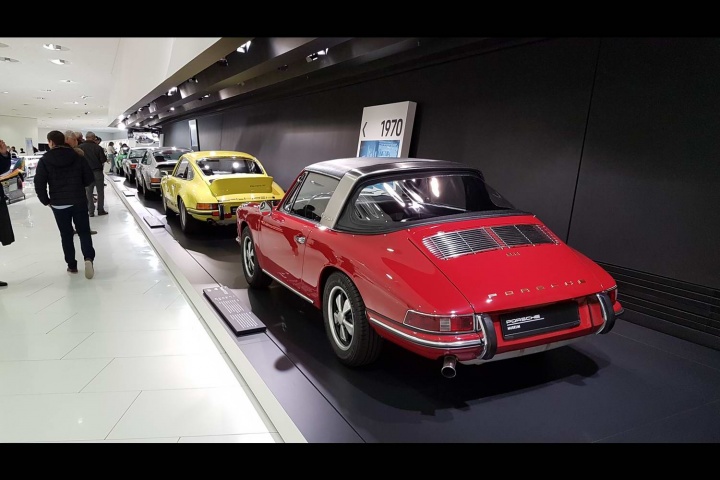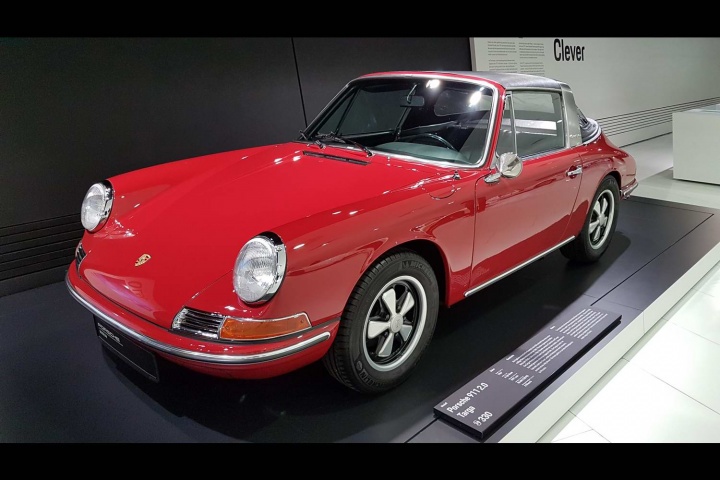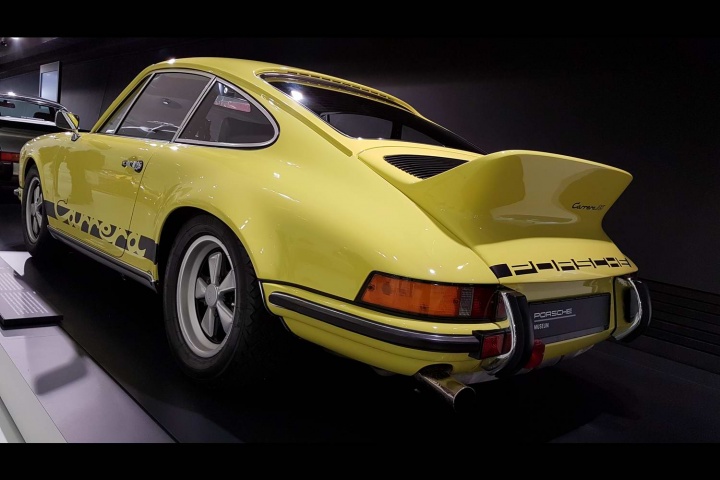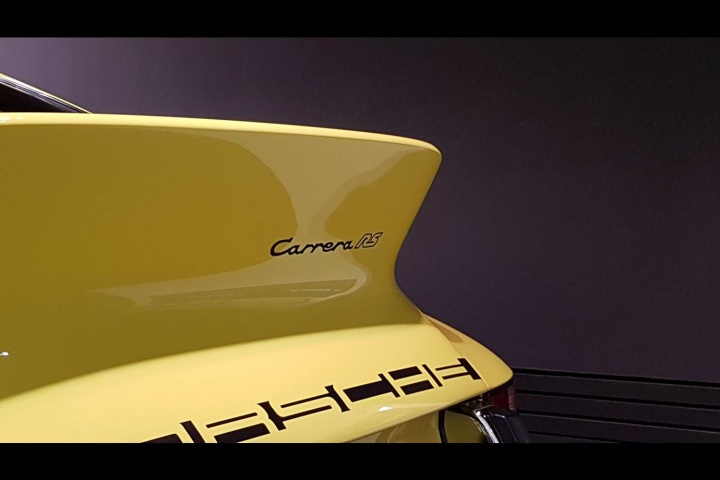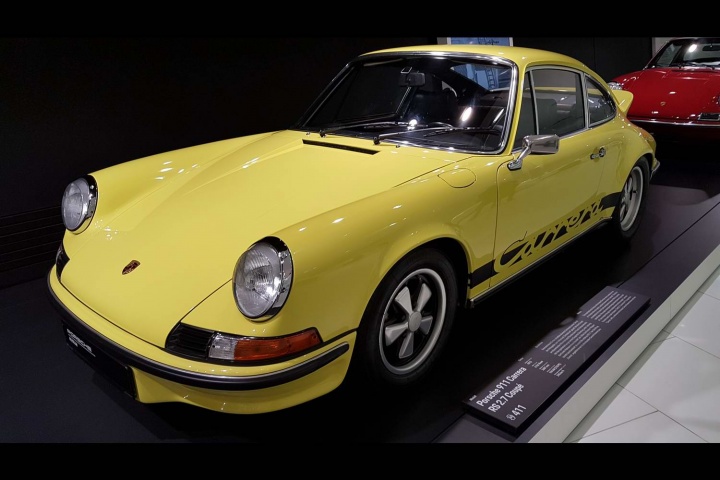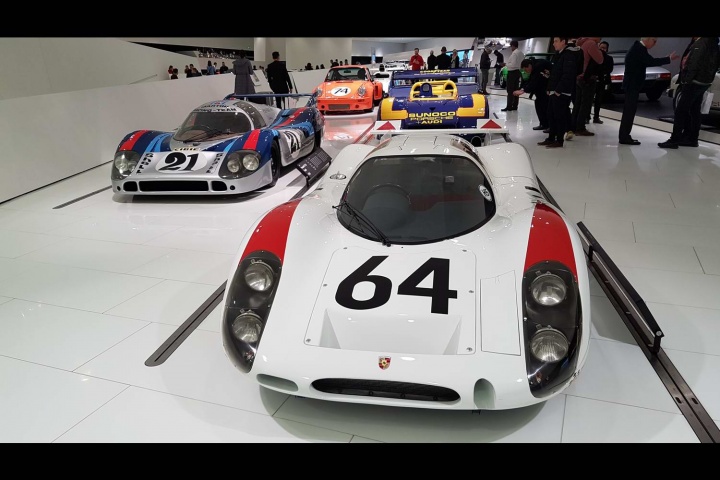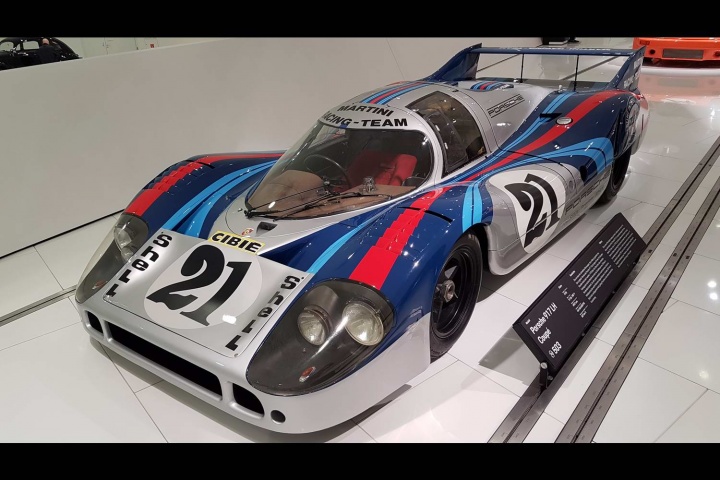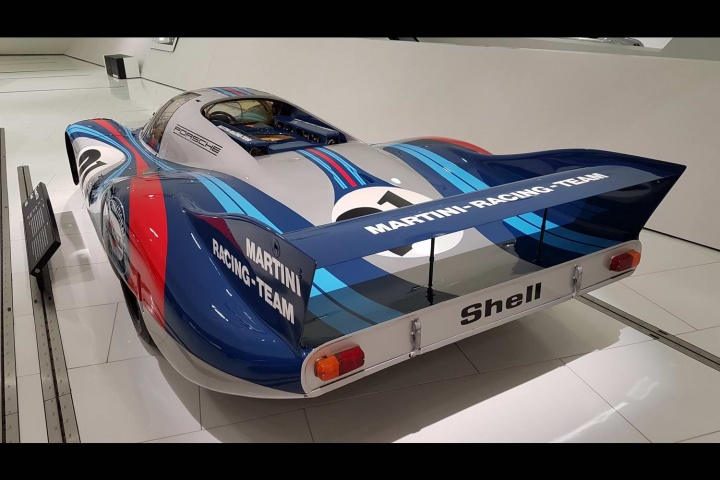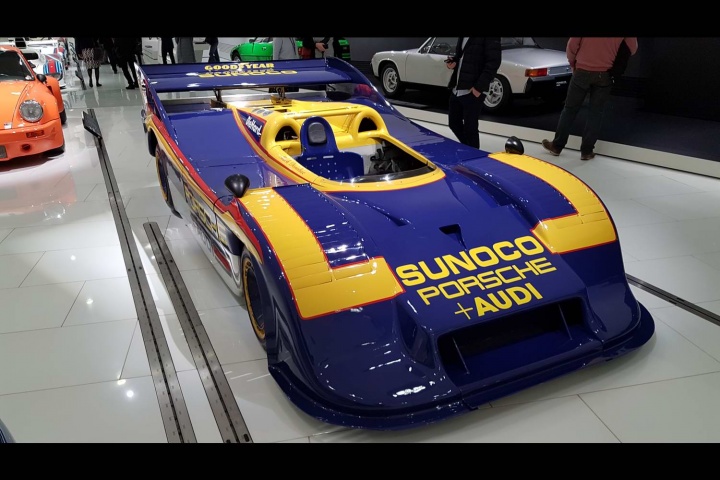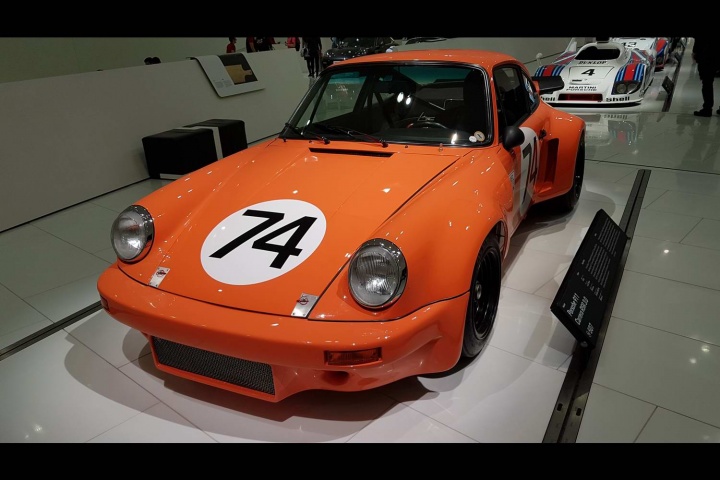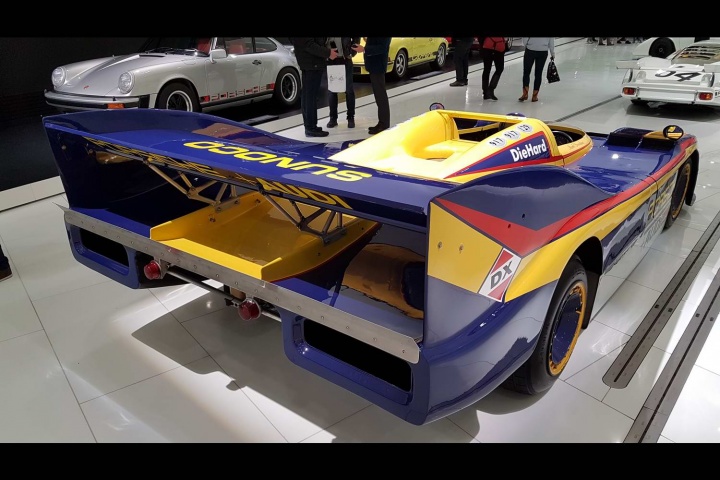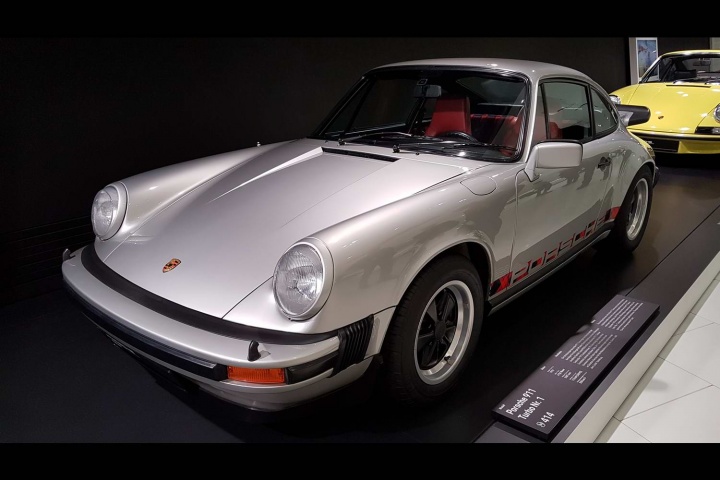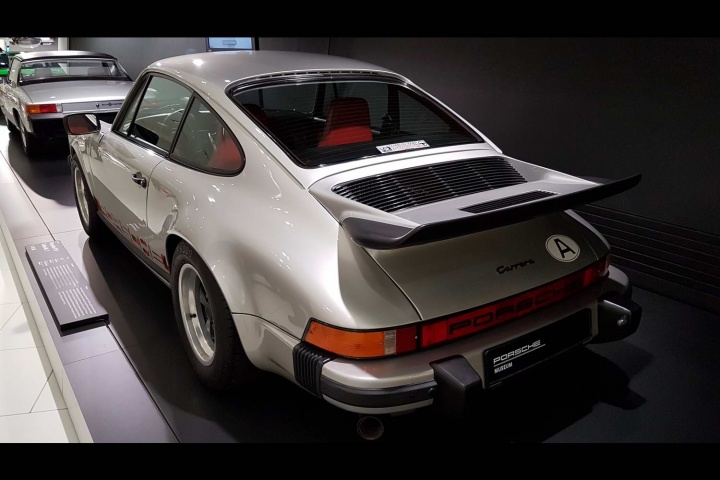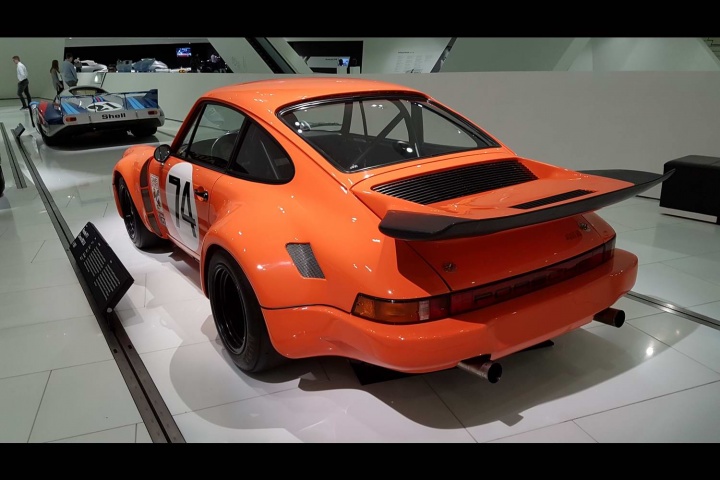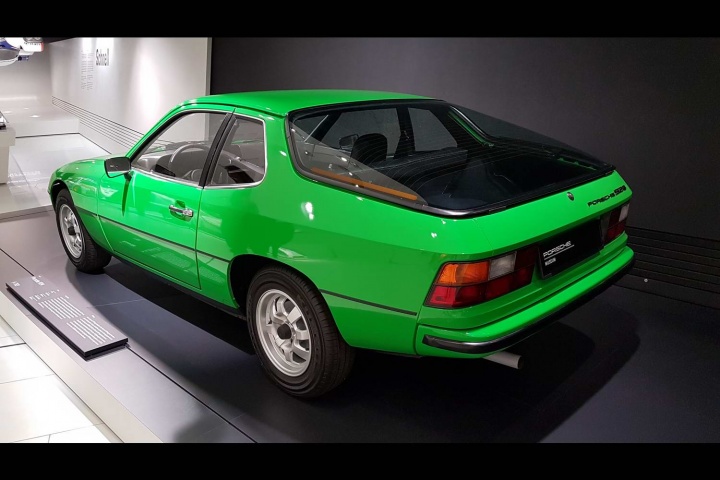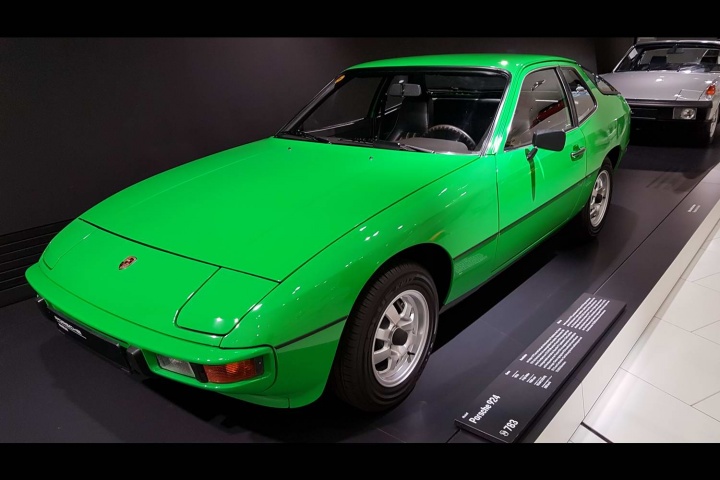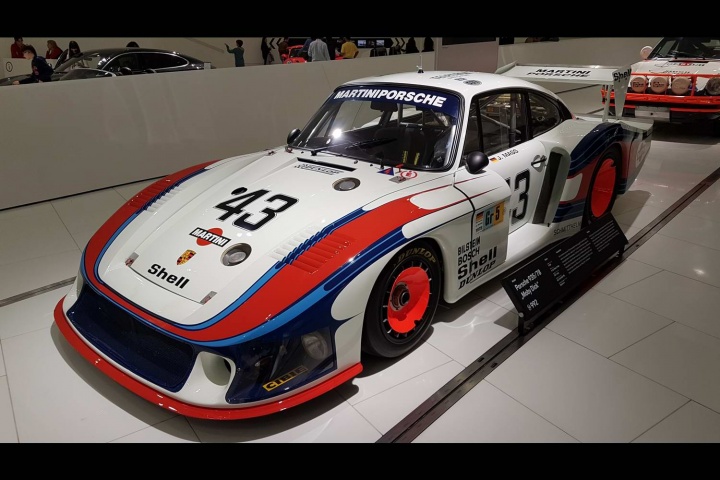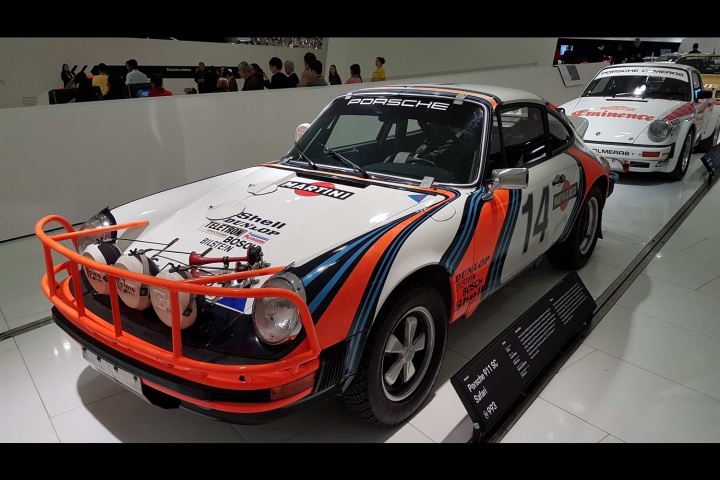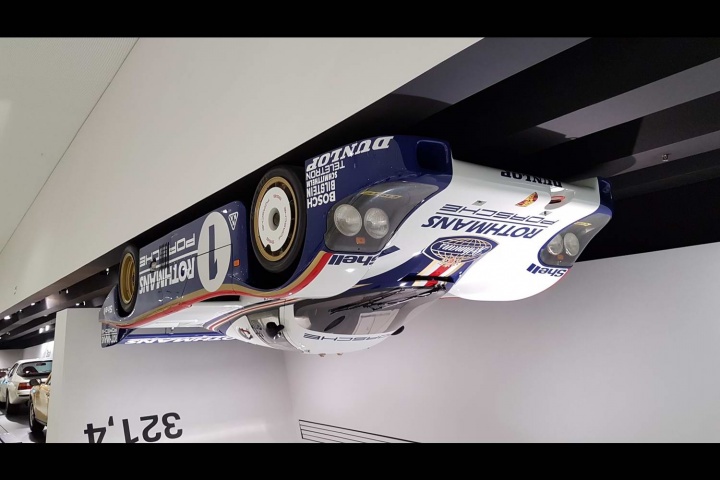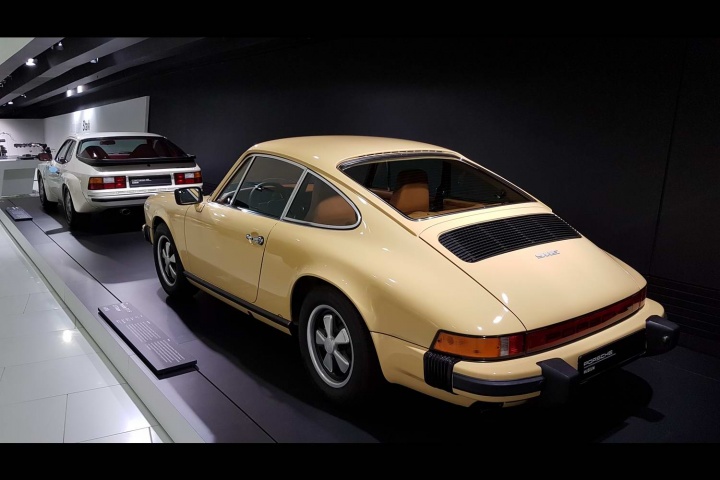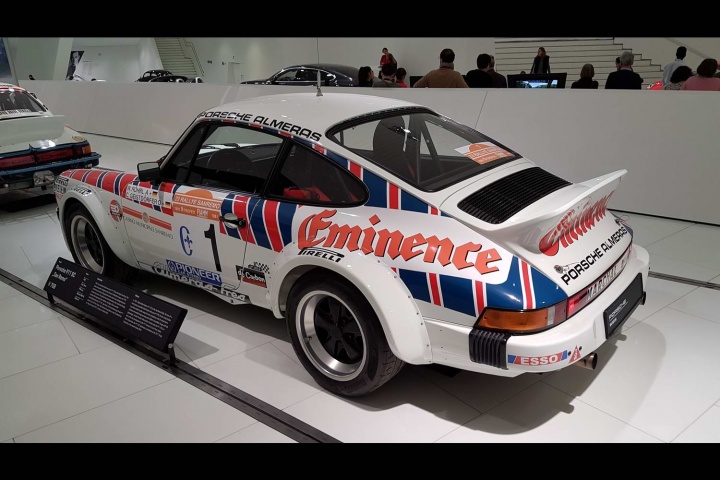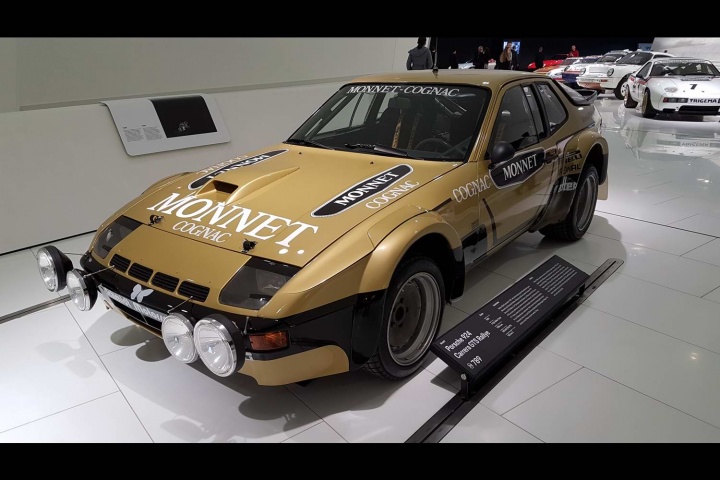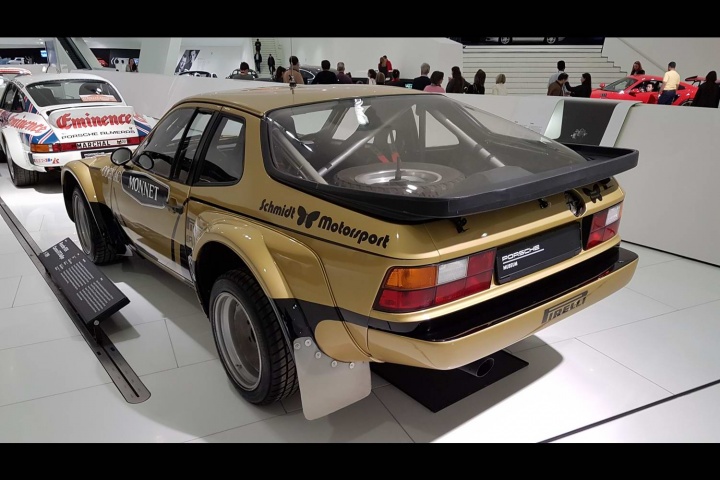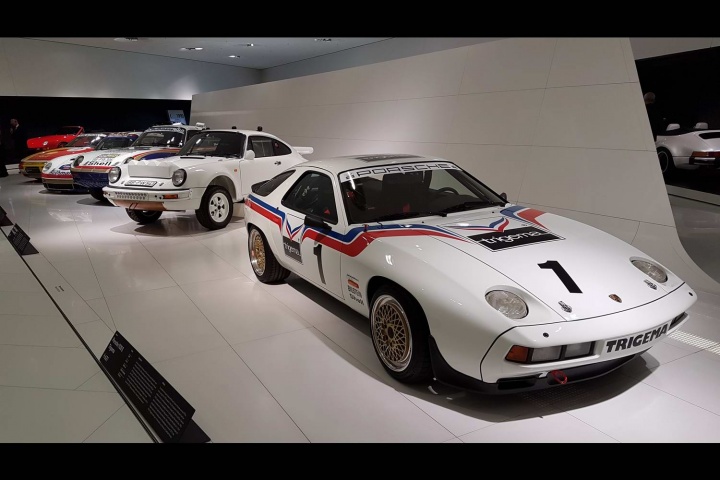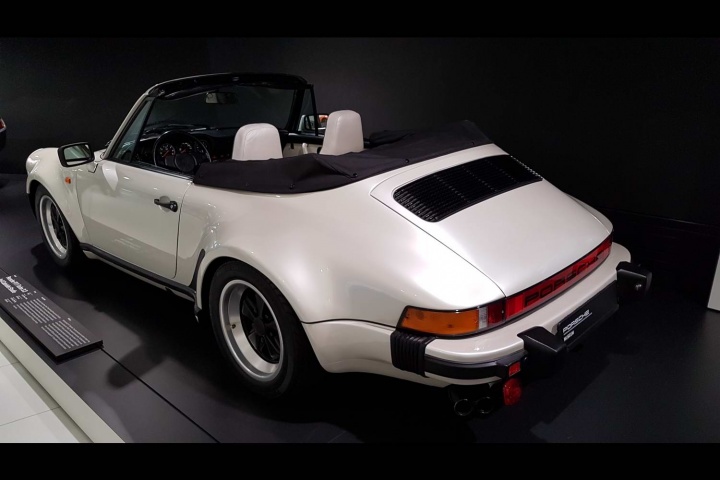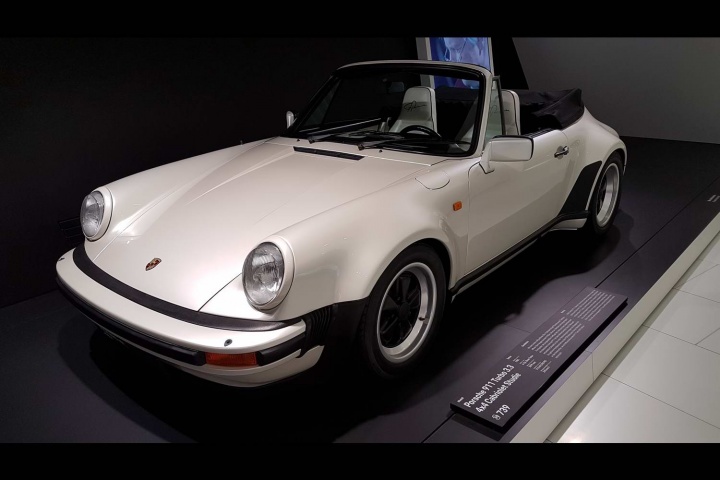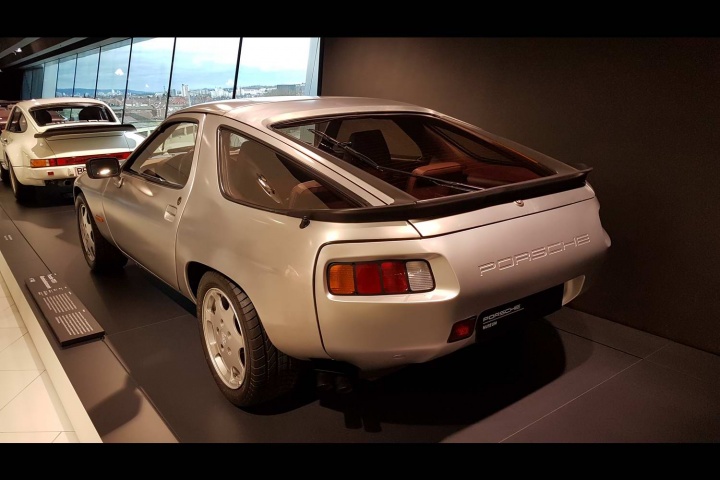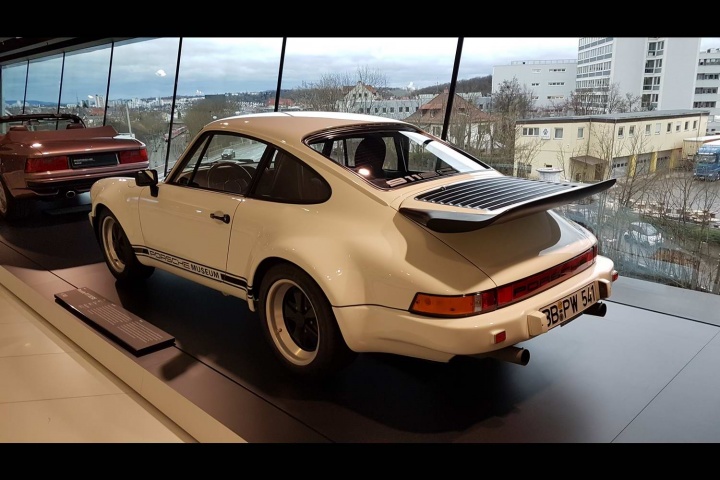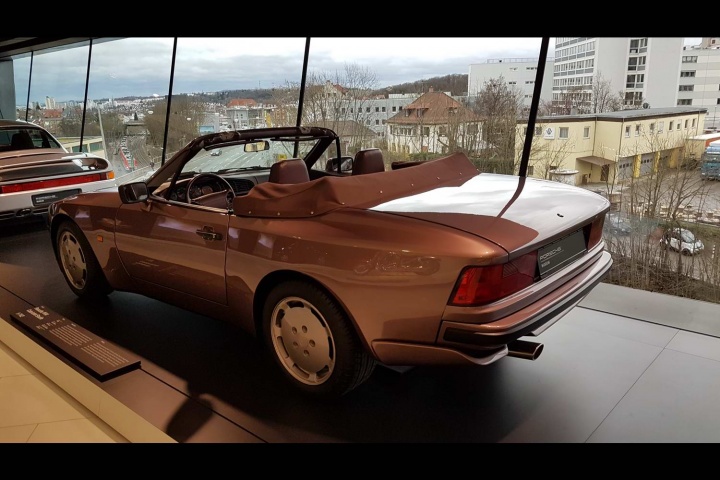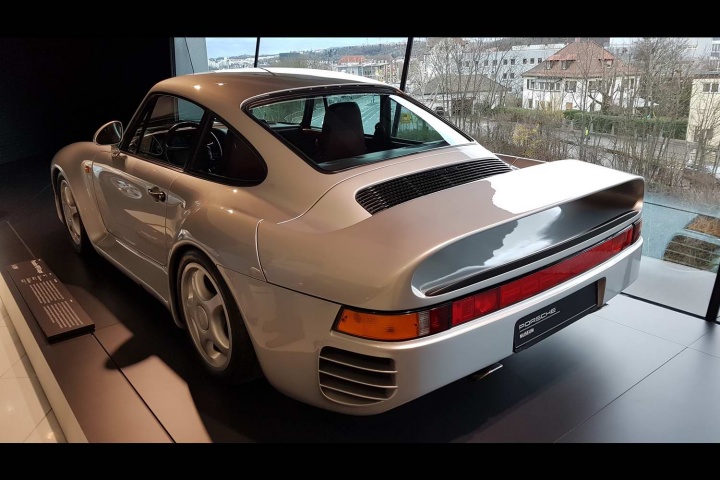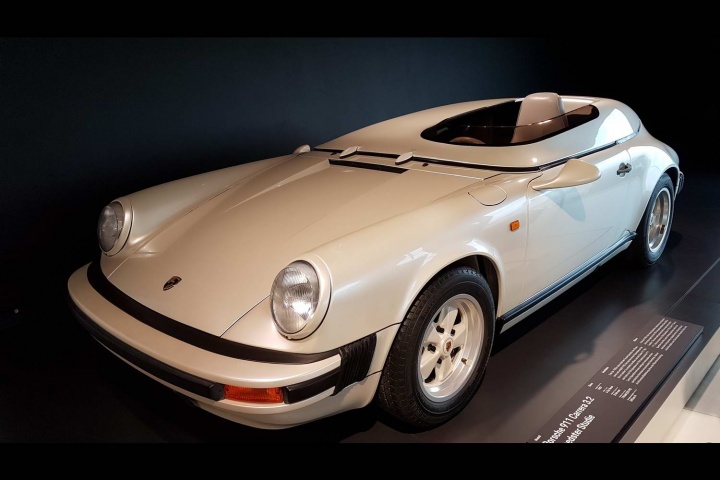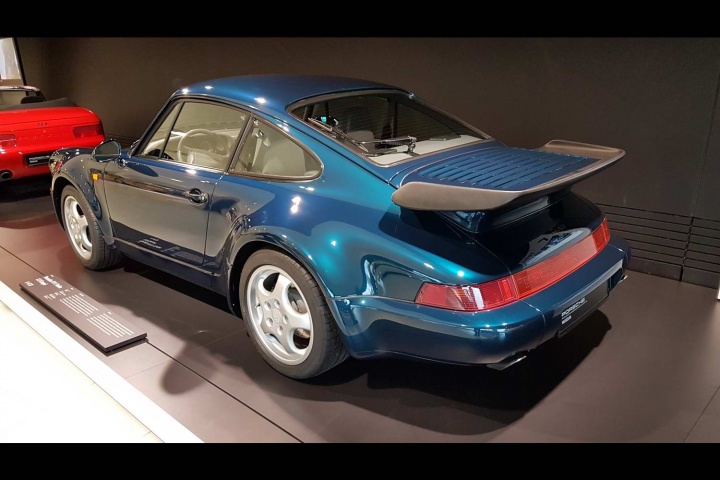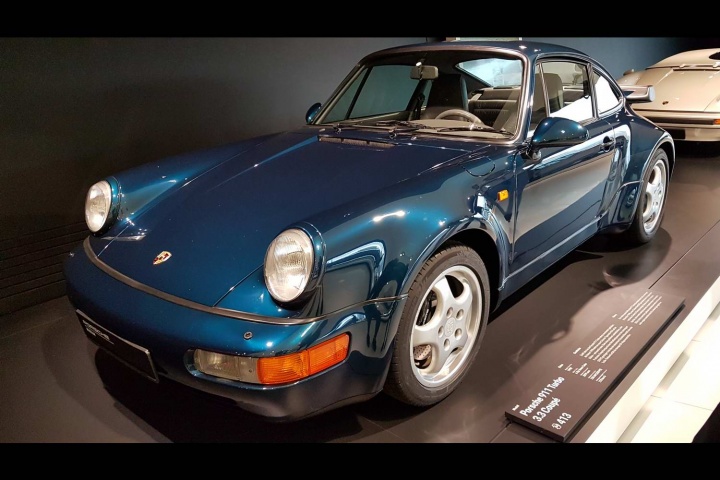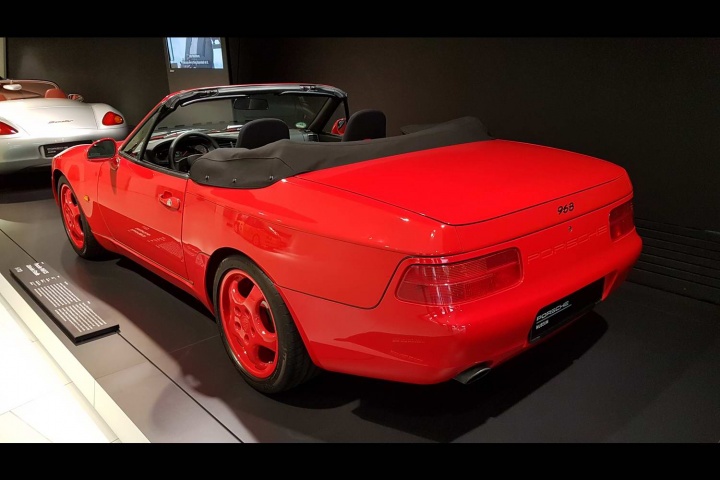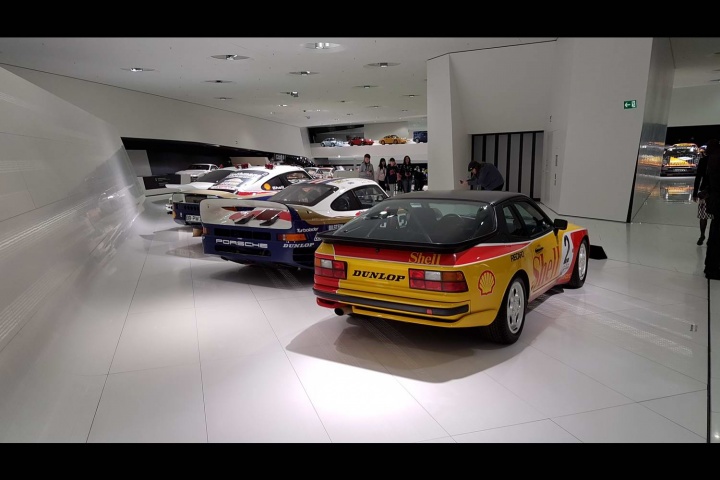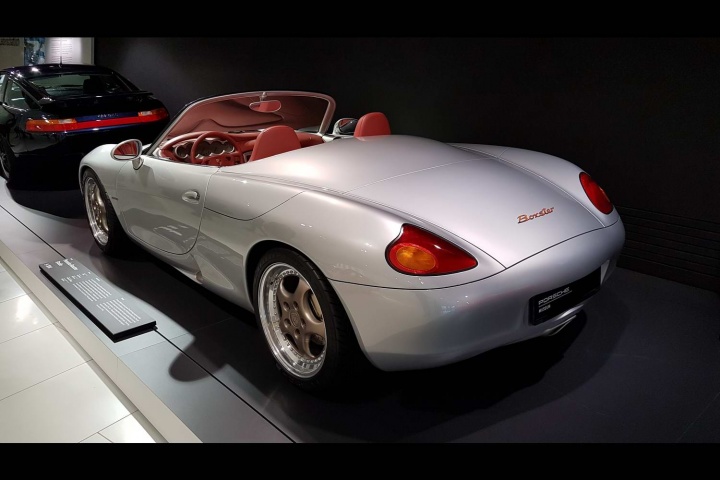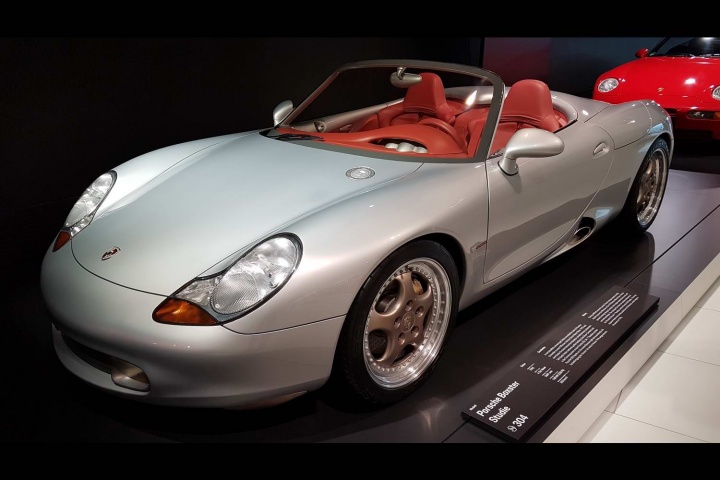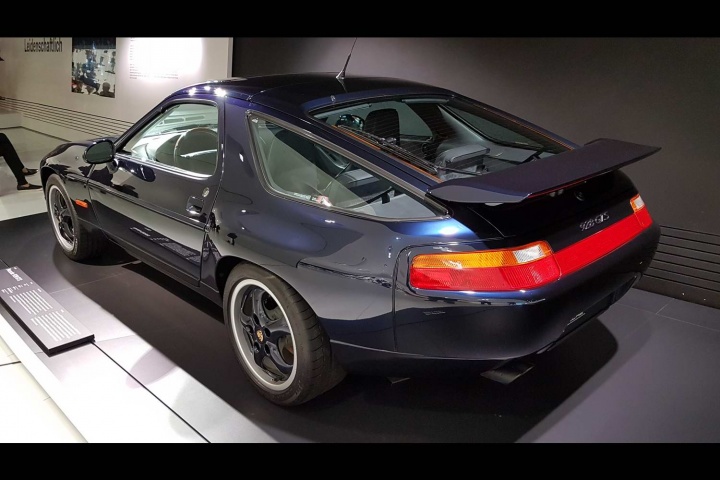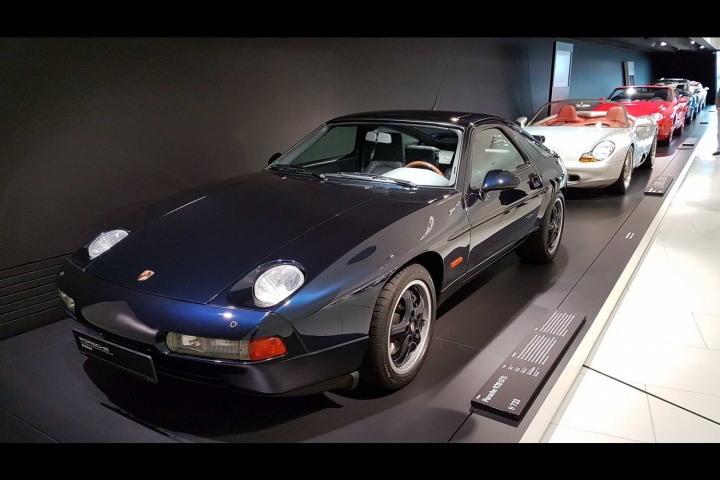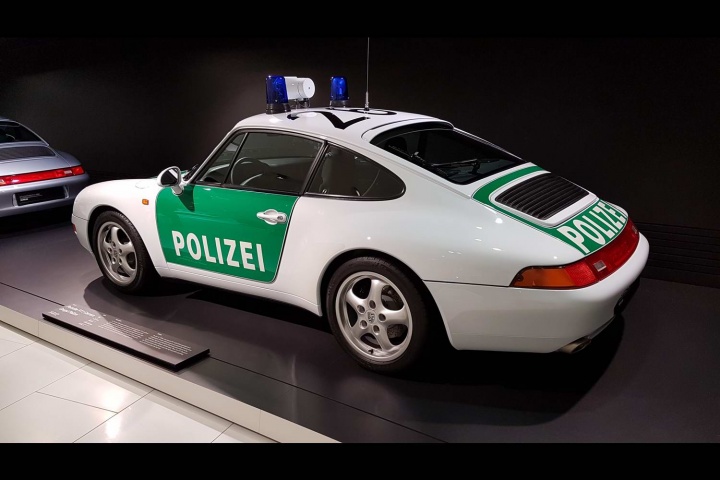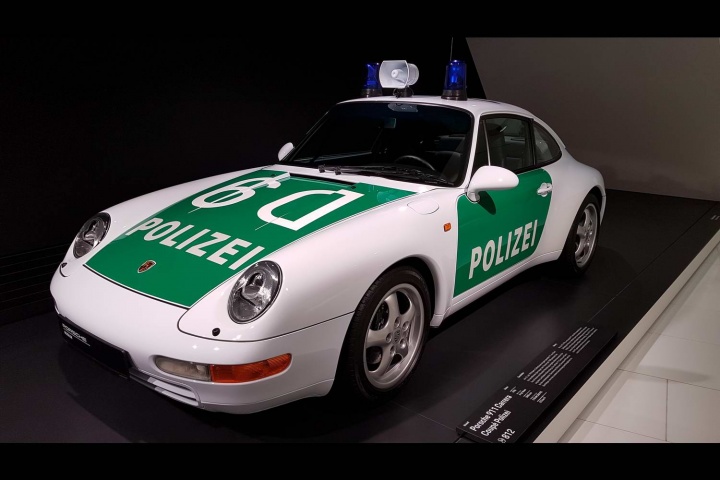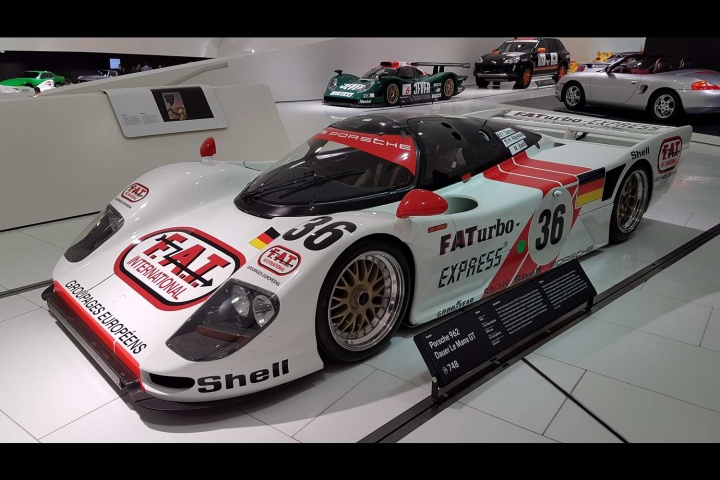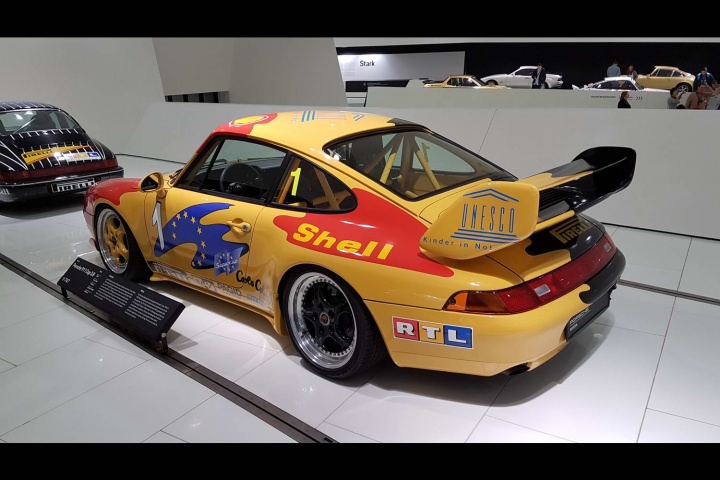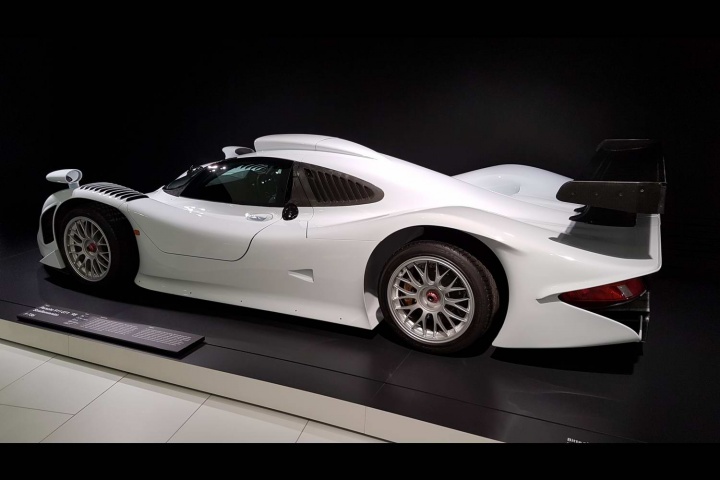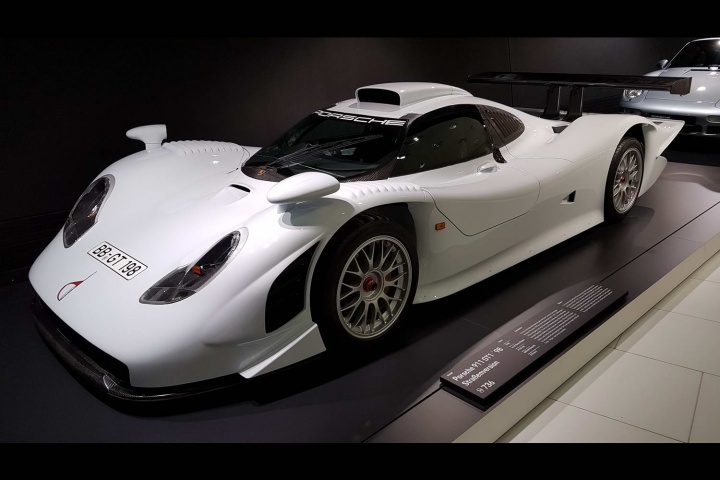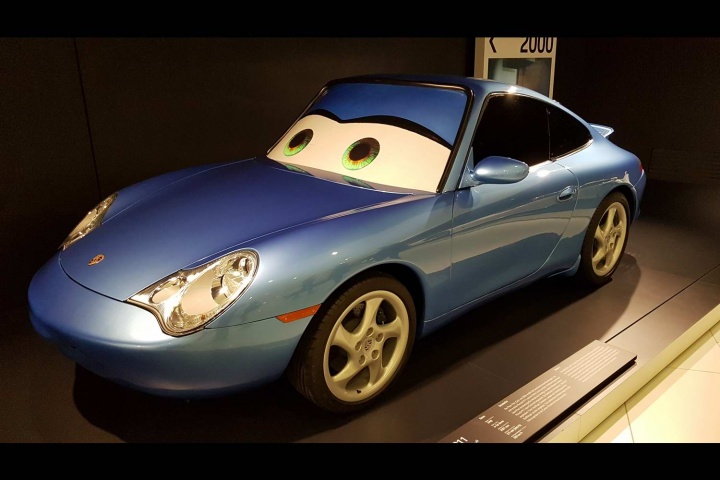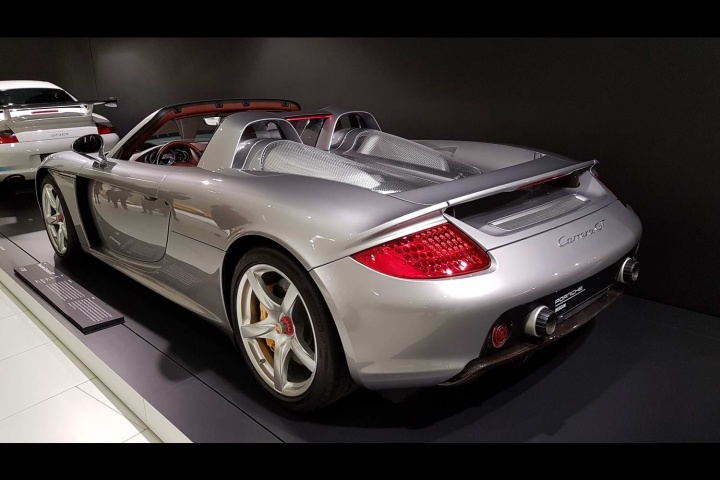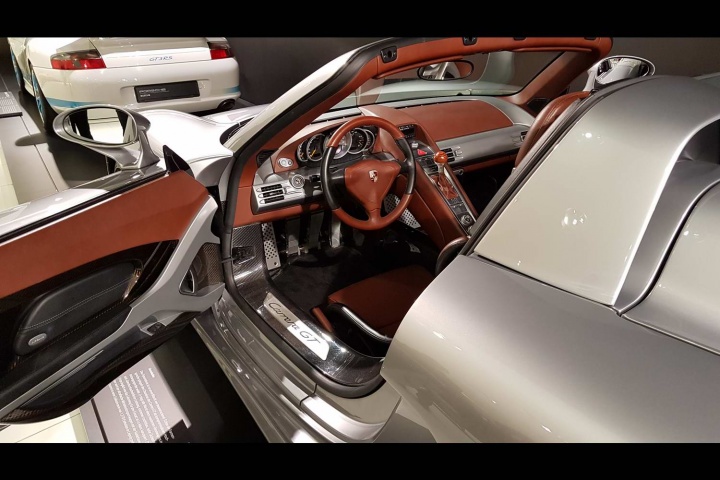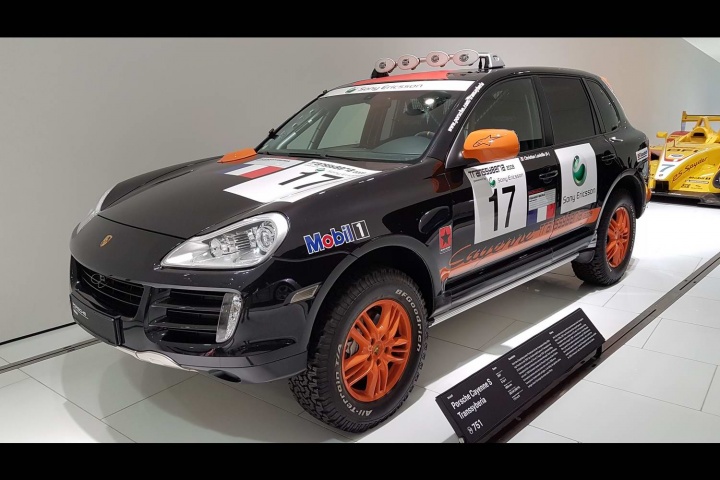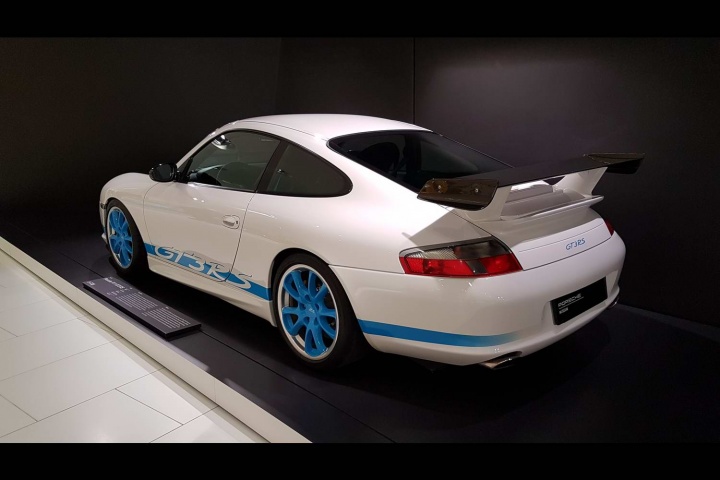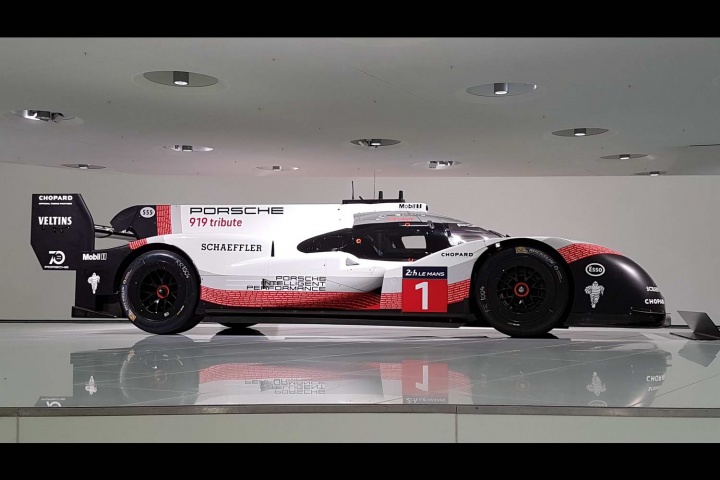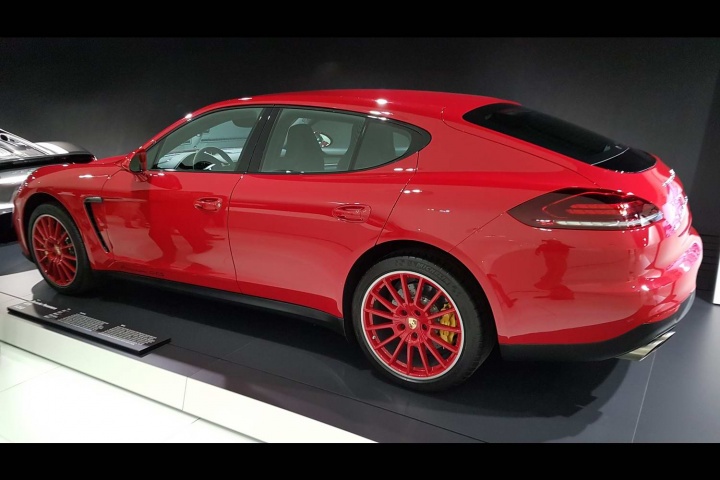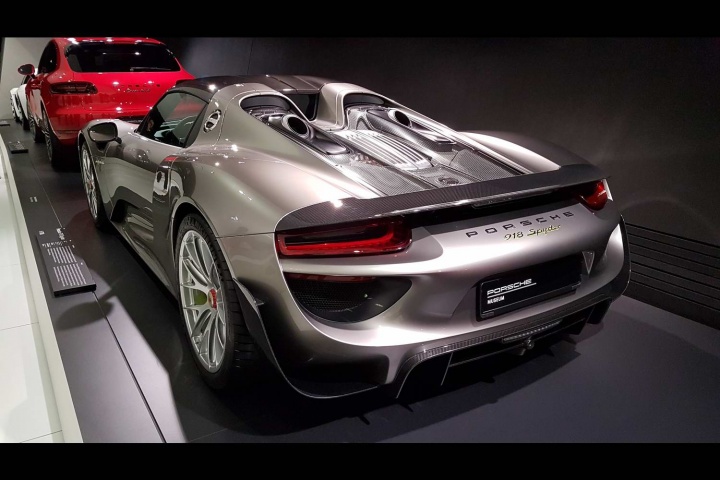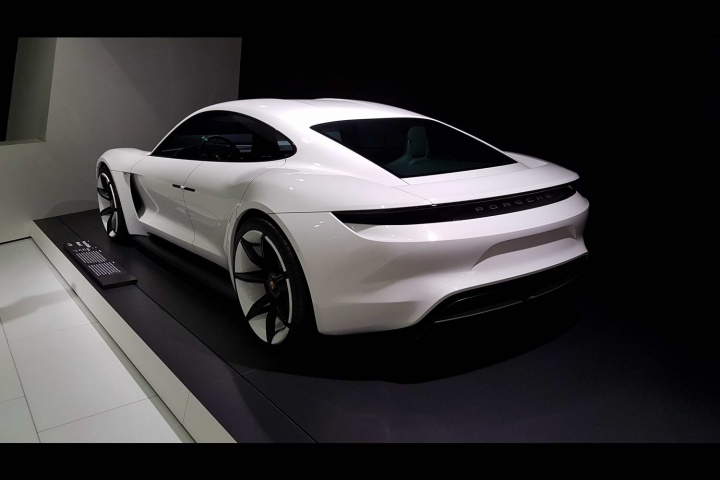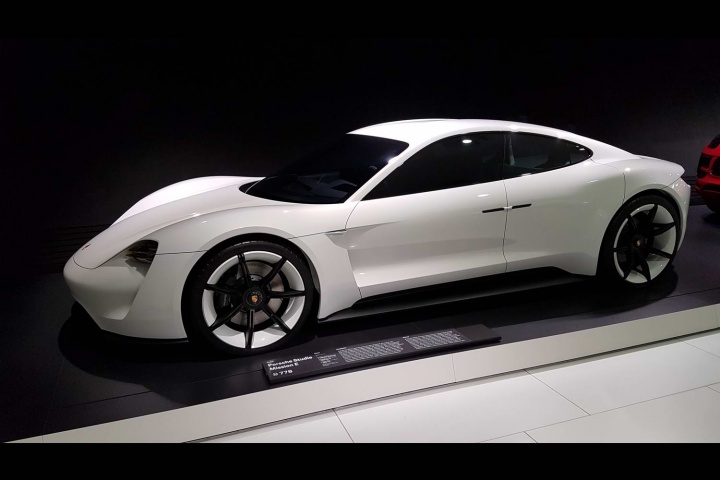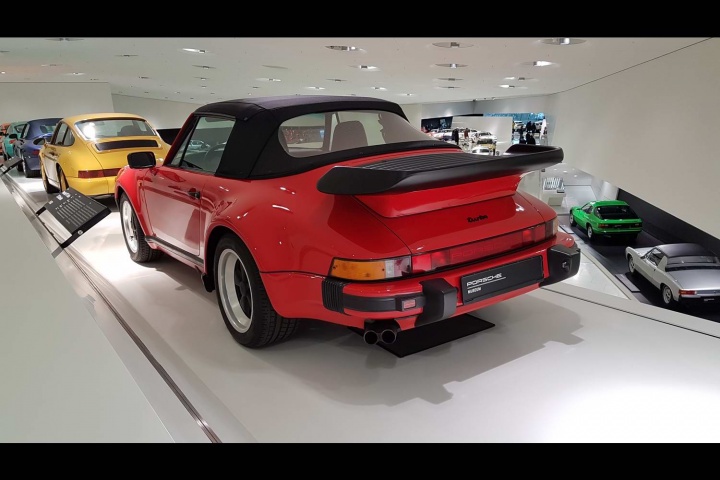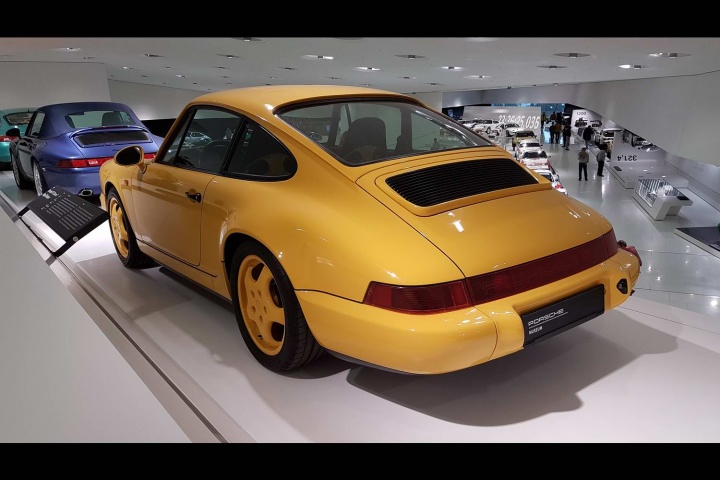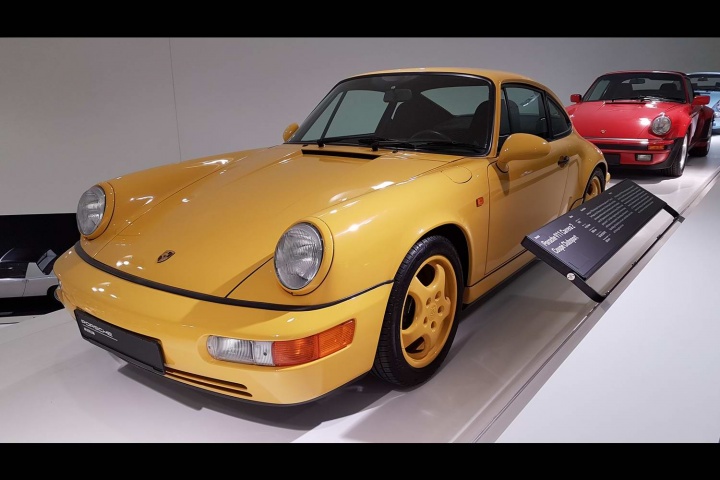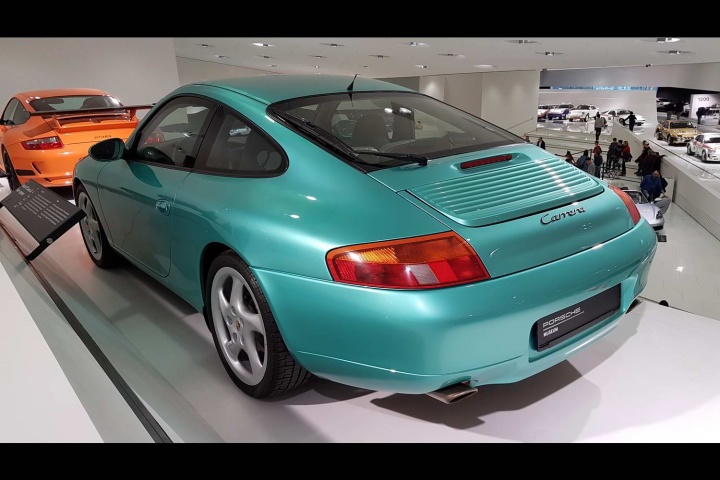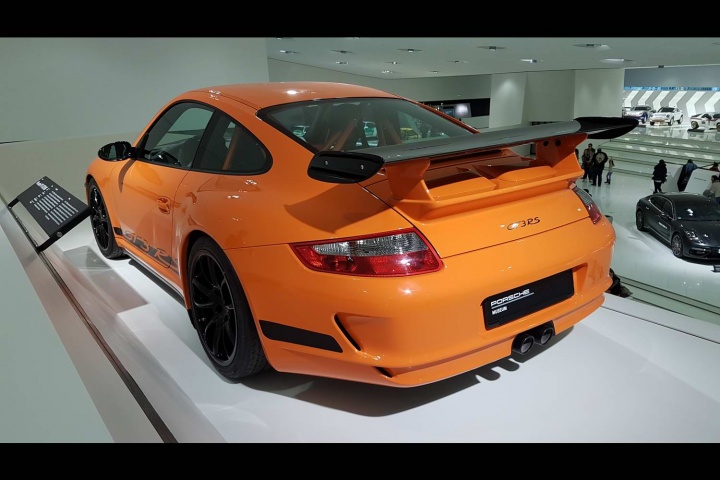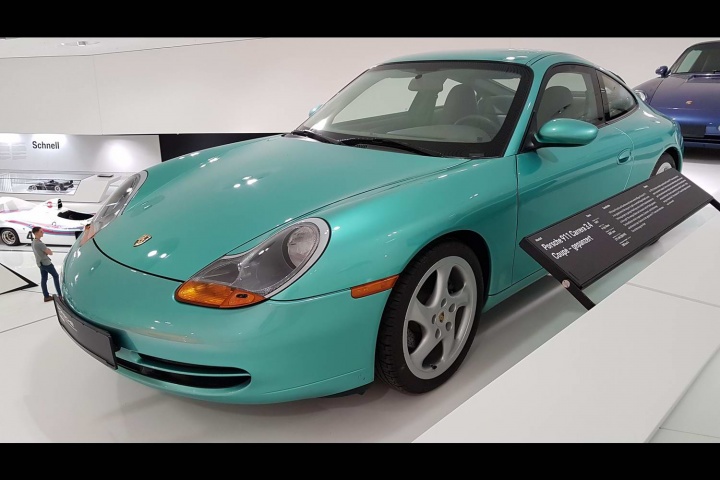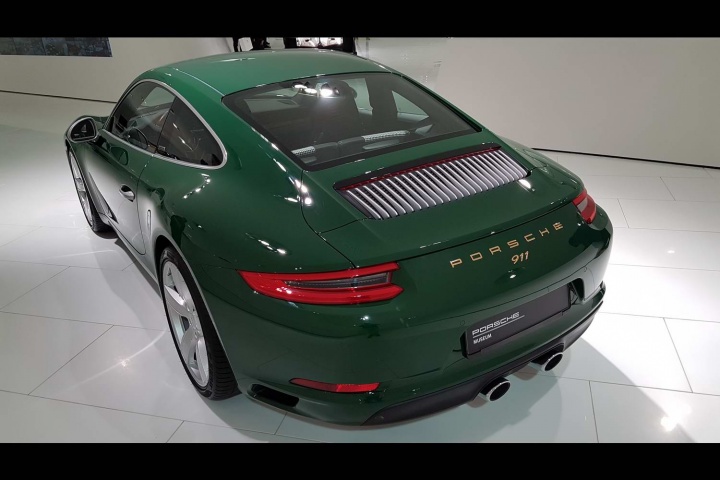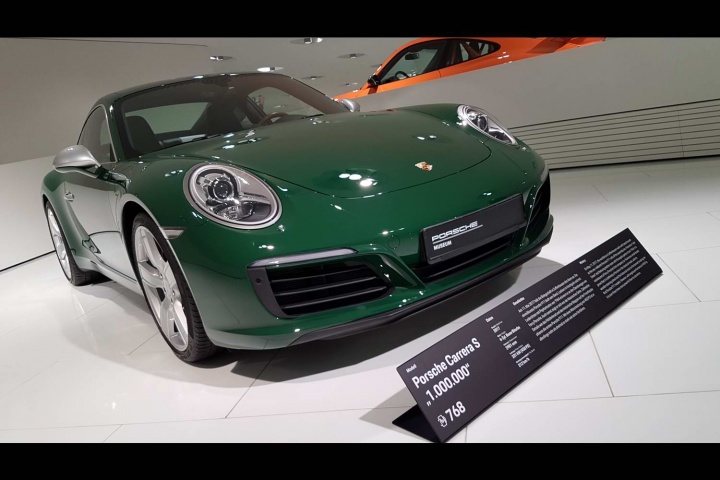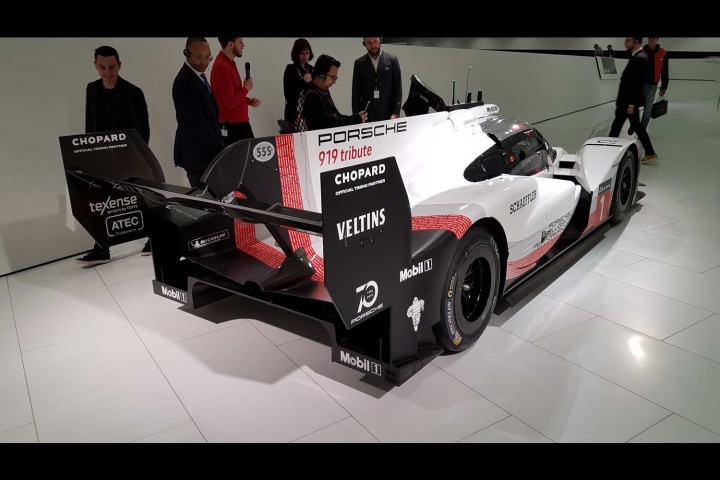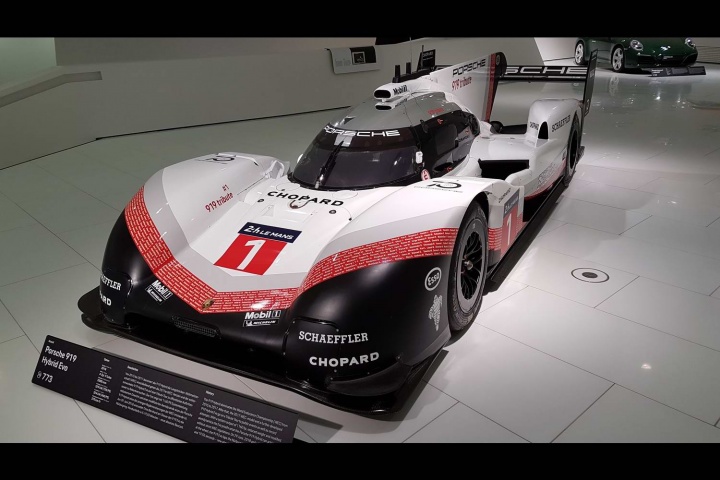It's hard not to wander around aimlessly, agog and borderline stupefied, when you're within the hallowed sanctum of the Porsche Museum in Germany. Located in Zuffenhausen, a small satellite town to the north of Stuttgart and the place that has played home to Porsche production since the very start of this company in 1948, the museum opened ten years ago. It serves not only as a showcase for the sports car company's revered back catalogue, but also as a way of keeping the old Porsches in fine fettle; it's known informally as the 'rolling display', because - despite its 5,600 square metre display area being capable of showing around 80 cars at any one time - Porsche apparently has a fleet of 650 classics that it rotates into the hall. And, when they're not looking all shiny and gorgeous in the museum itself, these old Porsches are being driven and used, as is only right and proper.
That's a fact that is played out in the real world of ownership, where a staggering 70 per cent of all Porsches ever made are still in service today. And, given the company hit its millionth car during the 993 911's generation (1994-1998) and also that the millionth 911 was put together in 2017, you can imagine that's some pretty good going from a maker of what are, at the end of the day, highly specialised vehicles.
Indeed, Detlev von Platen, member of Porsche's Executive Board responsible for Sales and Marketing, said that the company "makes the cars that nobody needs, but everyone wants." It was a sentiment heard earlier in the day during the 2019 rendition of the annual Porsche Press Conference, where Porsche invites some of the world's media to its German headquarters, to ogle the brand's past, to hear about its present health and to look to its future development.
Hence our visit to the Porsche Museum. And, seeing where the marque has come from, it's no wonder it's in such rude health today - but we'll come back to the present shortly. For now, let's wallow in the past. Knowing what Porsche has put out over the years, both in terms of road cars and competition machines, you're aware before going in that the museum in Zuffenhausen is hardly going to be a disappointment. But, even forearmed with that expectation, the reality is quite breath-taking.
Arranged in a clever 'snail' formation - meaning, if you keep turning left, you'll never miss an exhibit - you arrive in Porsche's very distant past; at the very end of the 19th century, when Ferdinand Porsche was working for the Egger-Lohner automobile company. He built an electric chariot - that's right, electric - called the Lohner-Porsche Mixte Hybrid, and went on to play a part in Daimler's Mercedes-Benz SS/SSK model. Wander a little further around the hall and, yep, there it is: the familiar form of a black Volkswagen Beetle, the vehicle for which Porsche, in 1934, received a commission to build a 'people's car' for Germany. You can probably guess which tyrannical figure he received that order from...
From the Beetle, you quickly segue into the beautiful, teardrop shape of the Porsche 356, the first product the company ever made. Indeed, 356 No.1, with the registration K 45286, sits proudly on display, being the first-ever purely Porsche-badged machine to receive its operating licence. Onwards you sweep, past beautiful 904s and even one of Porsche's early agricultural machines, a sweet red tractor, until you bump into the familiar and yet unusual form of the Typ 754 T7.
It's a 911 prototype, of course. But the lines are slightly wrong, the rake of the rear screen is too discomfiting, the interior looks big enough to take four people on board... and yet still have a flat-six slung out the back. And this is why, right in front of the Typ 754, there's an original 911, to show you how the car should look. Both were penned by Ferdinand Alexander Porsche, nicknamed 'Butzi' and the grandson of the company's founder - the missing link here being Ferdinand Anton Ernst Porsche, Butzi's dad and older Ferdy's son, who was commonly known as 'Ferry' Porsche. In case you didn't know it, Porsche the company is a real family affair.
From there, the museum starts to display the forms that are oh-so-familiar to Porschephiles. The 911 evolves into its Targa and Turbo and Carrera 2.7 RS models, while the competition cars include the jaw-dropping 917s, the monster 935 'Moby Dick' and even a Rothmans 956 mounted upside-down on the ceiling, this being a testament to the fact it had enough downforce to have been theoretically capable of driving upside-down.
But ever there is the familiar shape of the 911. You see it as a racing car, such as the RSR. You see it morphed into some of the insane spin-offs, like the majestic 959 supercar and the hyper-rare 'Strassenversion' of the glorious GT1, a machine designed solely for top-end track competition. There's even a life-size Sally Carrera, from the Pixar Cars franchise, resplendent in her pale-blue paint. Yet, to focus on the 911 is to ignore the other wonders of the display: the front-engined cars, like the 924, the 944 and the 928; a prototype for the deeply important Porsche Boxster; a lovely little 914, the mid-engined Volkswagen collaboration that will be celebrating its 50th in 2019; an early Cayenne with a rally aesthetic; and, our own personal favourite, a gold 924 Carrera GTS Rallye, complete with boxed arches, massive front light pods and faired-in headlamps and 'Monnet Cognac' livery. Major drooling going on right now, even just thinking about it...
The millionth Porsche and the millionth 911 are both out, naturally; the former is a Polizei pursuit car 993, built on July 15, 1996, and gifted to the German Federal State of Baden-Württemberg by Ferry Porsche and Wendelin Wiedeking at the time. Luckily, the police gave it back to Porsche for safe-keeping. The 1,000,000th 911, meanwhile, sits right near the top of the pile, given it's only just approaching two years old. And it sits among some illuminati of Porsche, like No.001 of the 1,270-strong production run of the V10-engined Carrera GT supercar, a blue-striped example of a 996-generation Porsche 911 GT3 RS, the 918 Spyder petrol-electric hypercar, a red Panamera with red alloys (OK, this one's a bit weird...) and the Mission E prototype that will go on to be Porsche's first production all-electric sports car, the Taycan, later this year.
But, like Vanessa Williams once crooned, Porsche goes and saves the best for last. Sitting all on its own at the top of the shop, next to a set of stairs and looking just a little bit isolated, is the 919 Hybrid Evo. This thing, lest you forget, is the fastest-ever vehicle around the Nordschleife, a feat it achieved in 2018 when it shattered the 35-year-old former lap record, set by Stefan Bellof in a 956, by more than a minute in posting a ridiculous time of 5:19.55s around the Green Hell. Quite, quite remarkable and the crowning jewel of a monumental display of cars.
Interestingly, our tour guide who showed us round the museum didn't gloss over Porsche's rocky history. There have been times in the past when the German company was on the verge of folding, points when it was an unprofitable organisation with a limited array of products - but those times are well and truly gone now. Moving to the Porsche's present, the 2019 press conference reported that 2018 had been a record year. More than a quarter of a million units (256,255) were sold worldwide by the marque last year, eclipsing the 2017 number by almost 10,000, and in turn that delivered €25.8 billion of sales revenue (up 10 per cent on 2017) with €4.3bn operating profit (up four per cent) culminating in €3.1bn of profit after taxes. Lutz Meschke, deputy chairman of the Executive Board and member for Finance and IT, was understandably proud but cautious about the future, citing both Brexit and a slowdown in China as challenges the company must overcome. Nevertheless, he added: "The current prevailing conditions represent an enormous challenge for us. In spite of this, Porsche can look back on the strongest fiscal year in the history of the company. In 2018, we were able to once more better the record values of the previous year in deliveries, revenue and operating profit. We therefore continued our value-generating growth - for the eighth year in succession."
Meschke suggested that Porsche was still on target to deliver even more cars during 2019, with the emphasis for the future being on - you guessed it - electric vehicles. Although Herr von Platen might have assuaged some concerns, by saying that an electric 911 wasn't a possibility and that the incoming Taycan would "drive like a true Porsche sports car," the brand has already said the next Macan SUV will focus on electric power and it's clear that big-hearted, combustion-engined vehicles will not be Porsche's mainstay in the decades to come.
And, like other car companies, Porsche predicts a change in ownership patterns in the years ahead. The Porsche Digital team, launched in 2016 in Zuffenhausen with just three employees, now has 80 people in its ranks and six sites spread out across the world, in places like Silicon Valley, California, as well as Tel Aviv and Shanghai. It's working on plans like Porsche Host, a platform with partner Turo in America that lets Porsche owners hire out their cars to earn revenue - one Host in the States has up to 30 Porsches in his collection, which he is loaning out to people to generate an income. Then there's Porsche 360+, a concierge service that aims to let Porsche owners know of the best hotels and restaurants possible, the content again curated from third-party providers. And in Germany, Porsche inFlow (in conjunction with Cluno) lets people pay a monthly fee (e.g. €1,299 per month for a 718, €1,899 for a 911) to hire approved used Porsches. They can choose anything they like and use them for between six and 24 months, and they don't pay a penny for upkeep, insurance or ownership, only having to fuel the car themselves (and Porsche is even working on that). Porsche will even deliver the vehicle to your door, as and when it is required.
In essence, Porsche has recognised that the automotive landscape is changing in the digital era. The future will be a challenge for this company, and all others too, but looking back on Porsche's glorious past, it's clear to see that it has both the skills and the wherewithal to adapt and move forward. So, let's leave the last words to Oliver Blume, chairman of Porsche, who told the assembled delegates: "Over the past year, we have significantly set the course for the future at Porsche. We have massively increased our investment in future technologies and made even more progress in terms of e-mobility, digitalisation and connectivity.
"We are driving the transformation forward with all our might - thought we never forget our heritage. That was all the more true in 2018, which was a year of notable anniversaries and big birthdays, not least 70 years of Porsche sports cars. Our 70th was a special focus for celebration. In part, that was because we know what coming next will be as historic as the moment in 1948, when Ferry Porsche brought his 356 No.1 Roadster to the world - 2019 is the year of the Taycan, our first fully electric sports car. The start of a new era."

